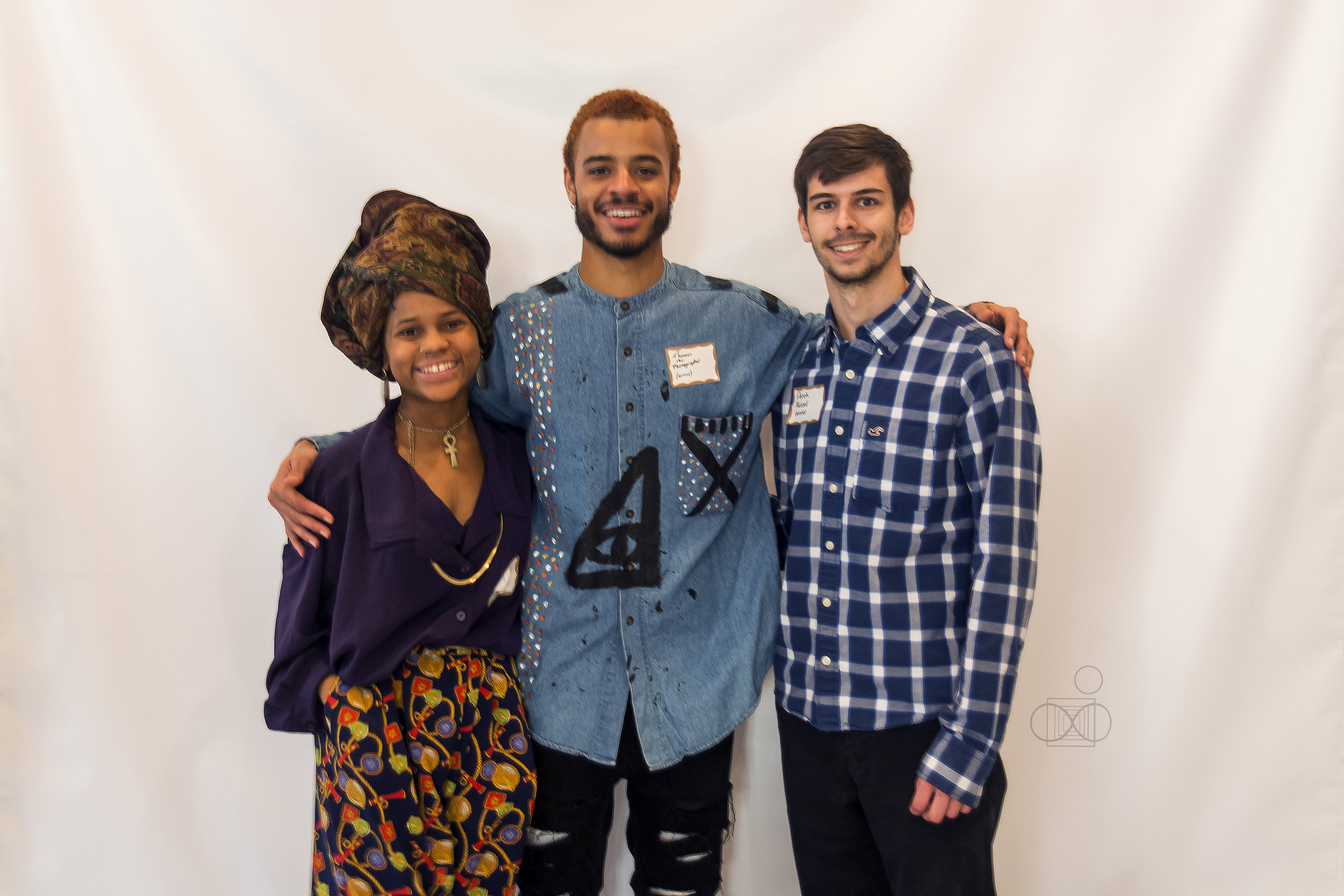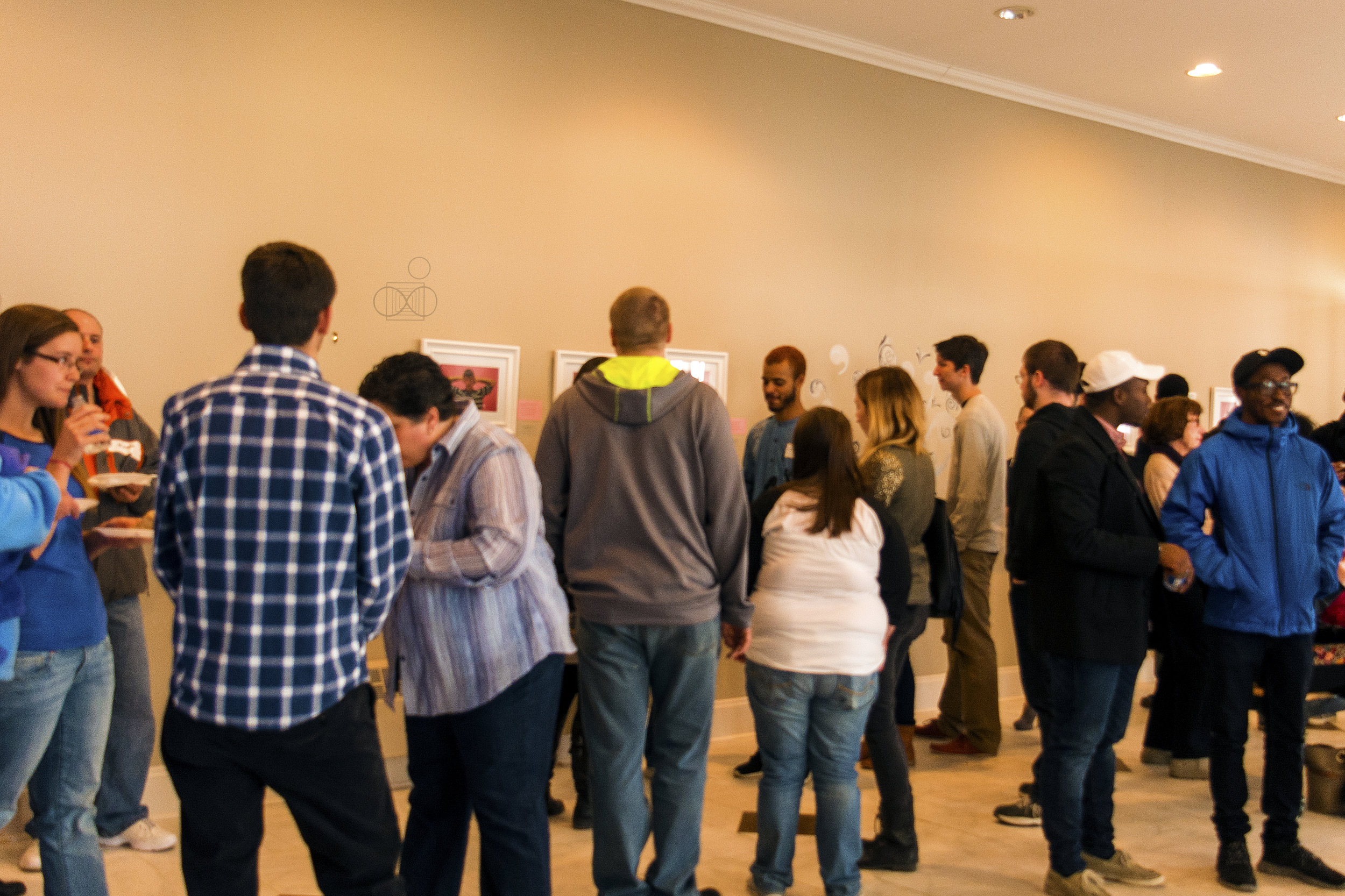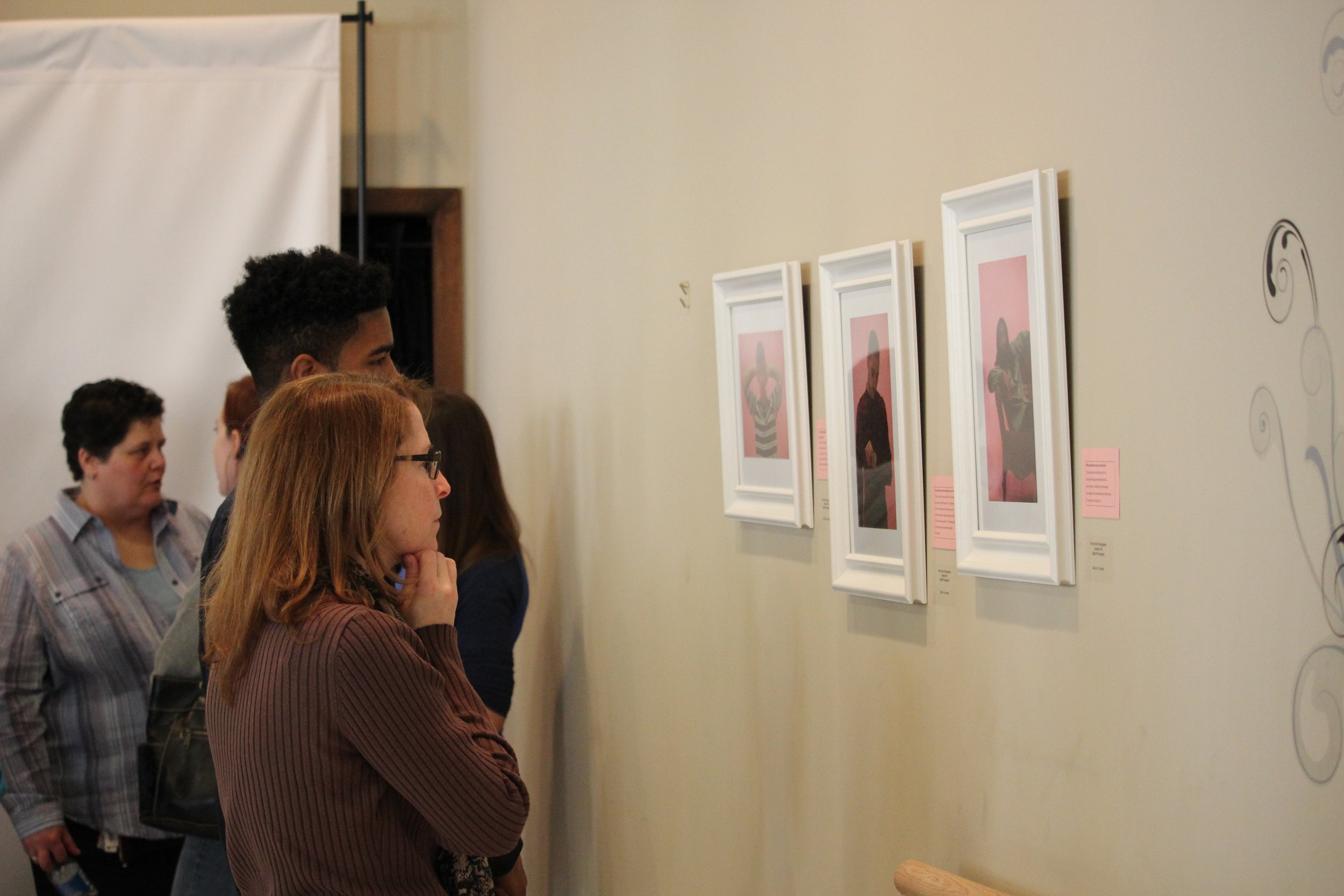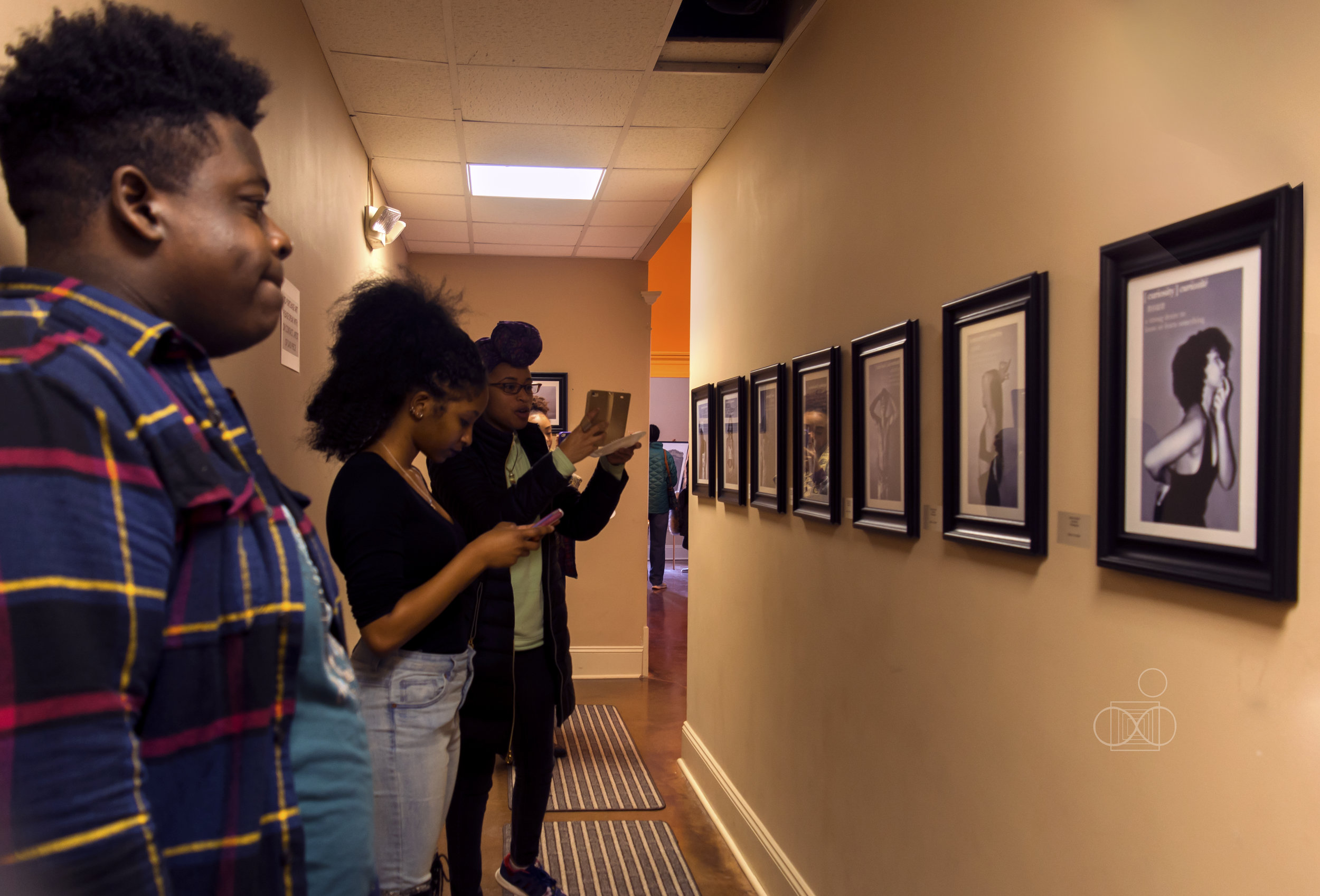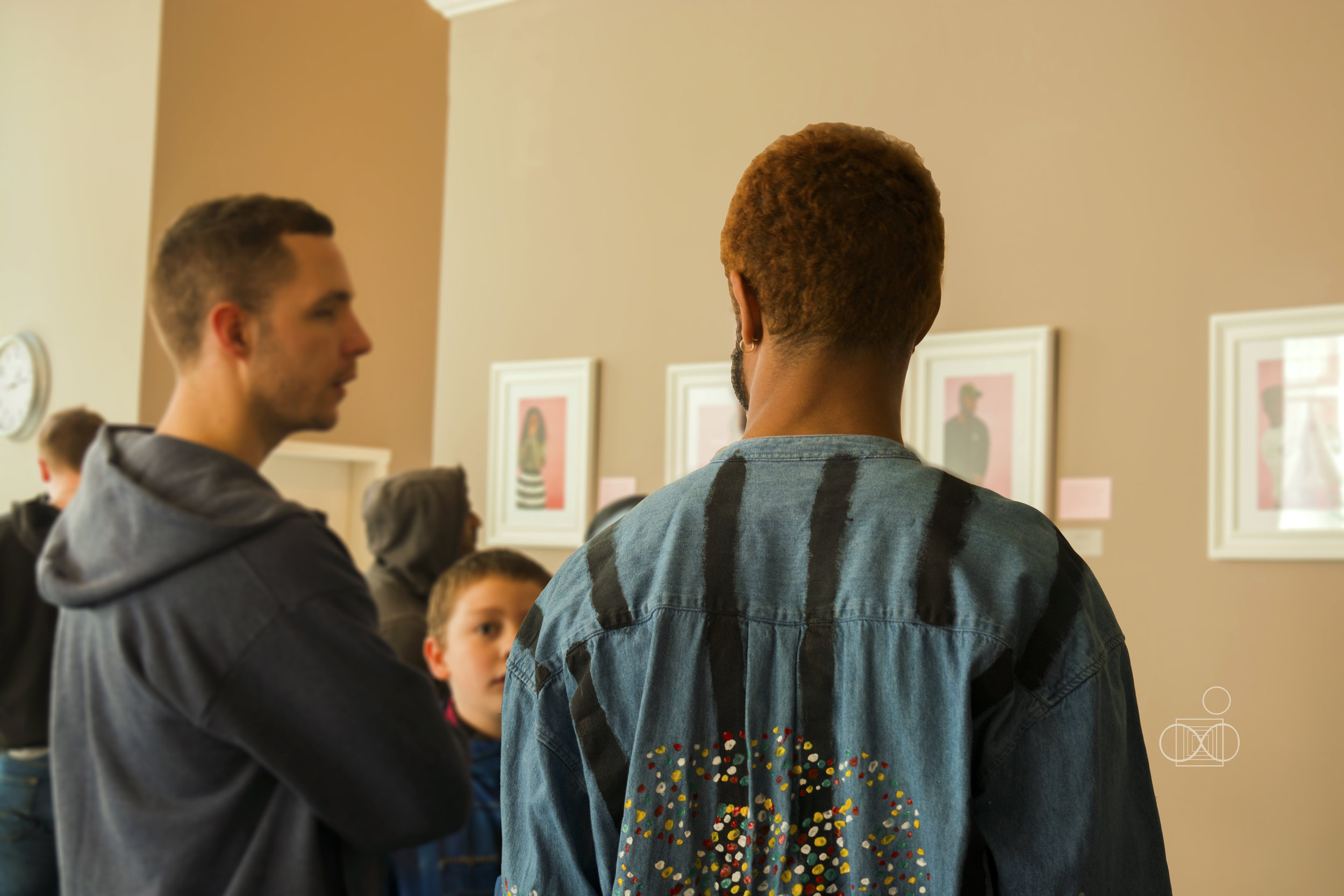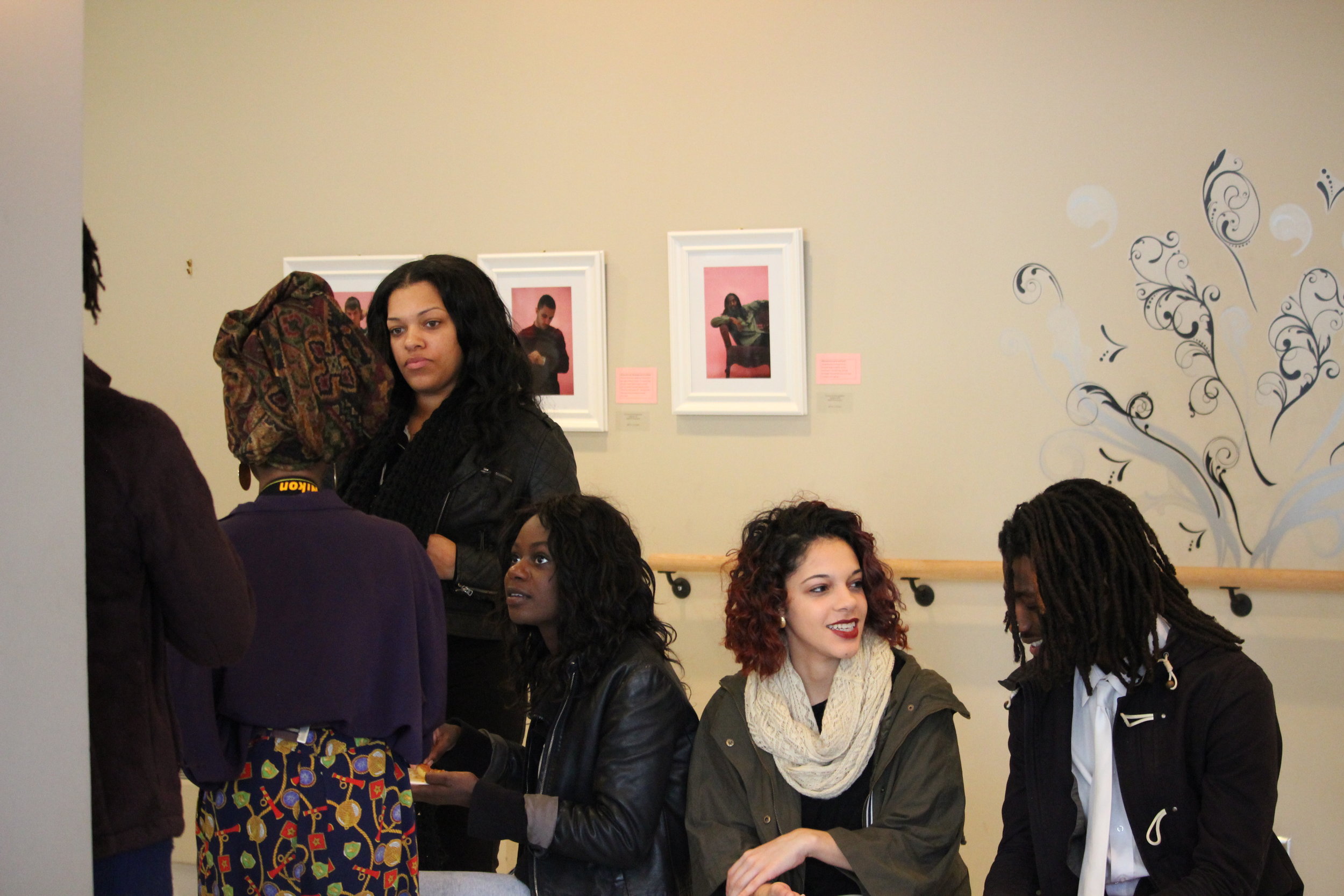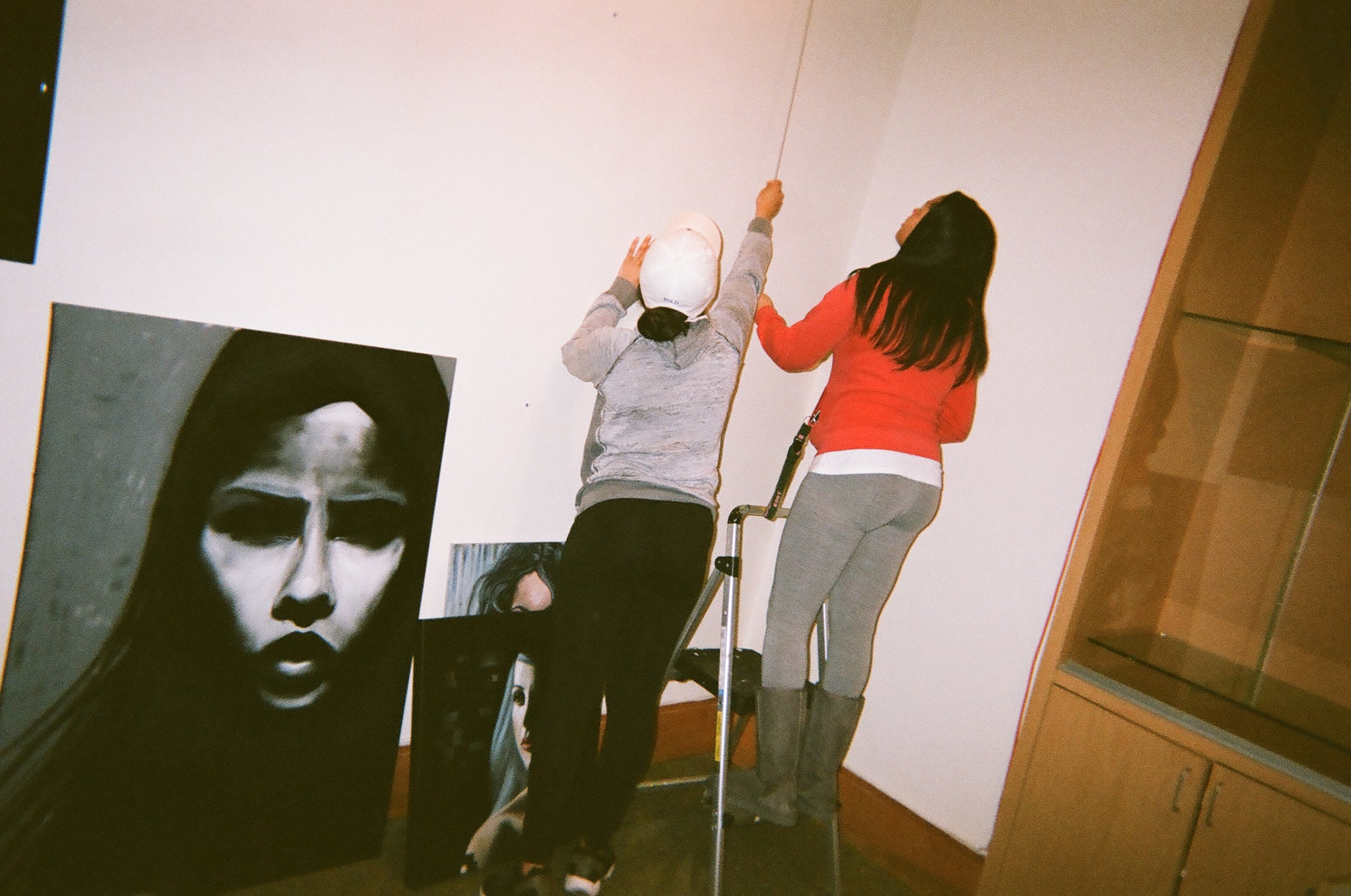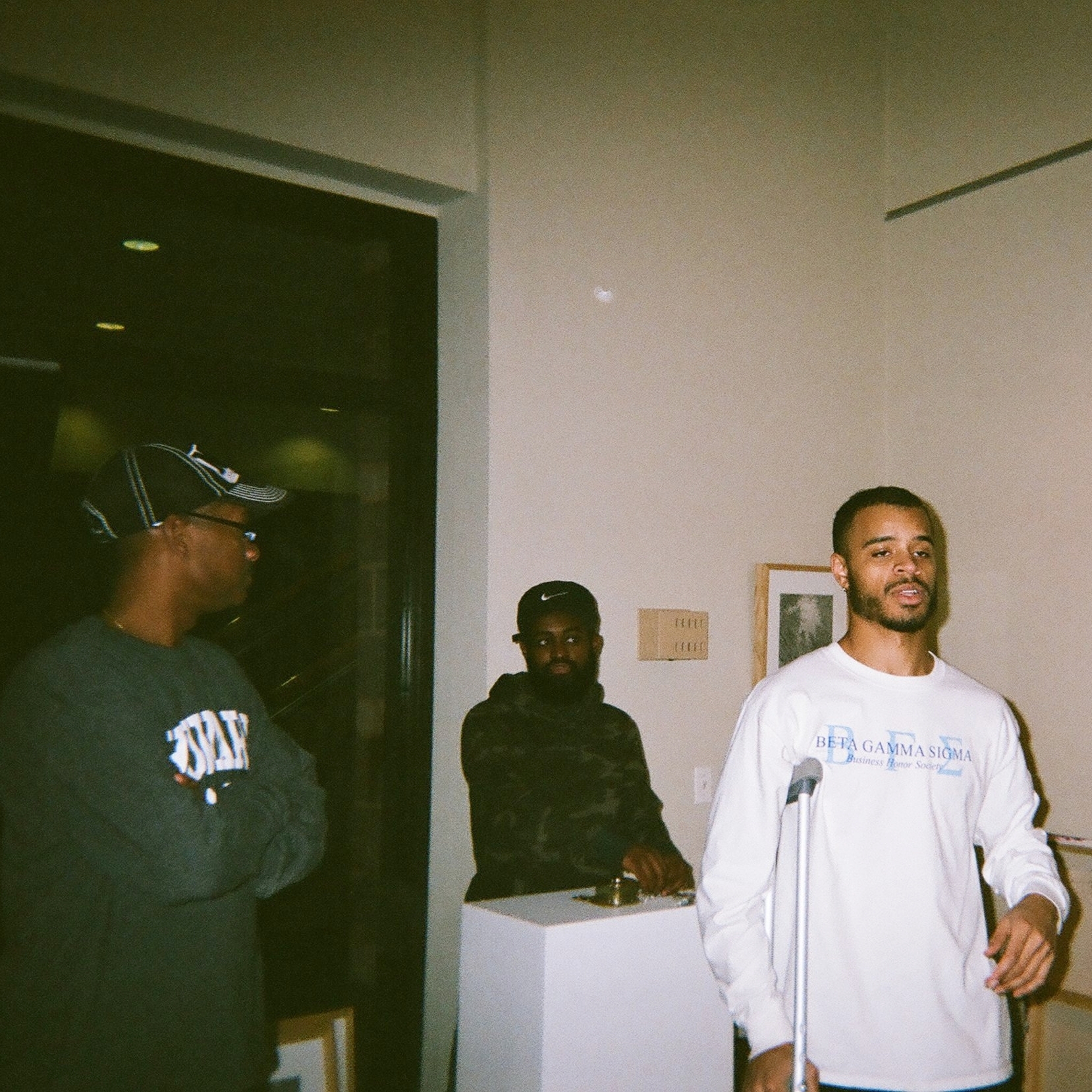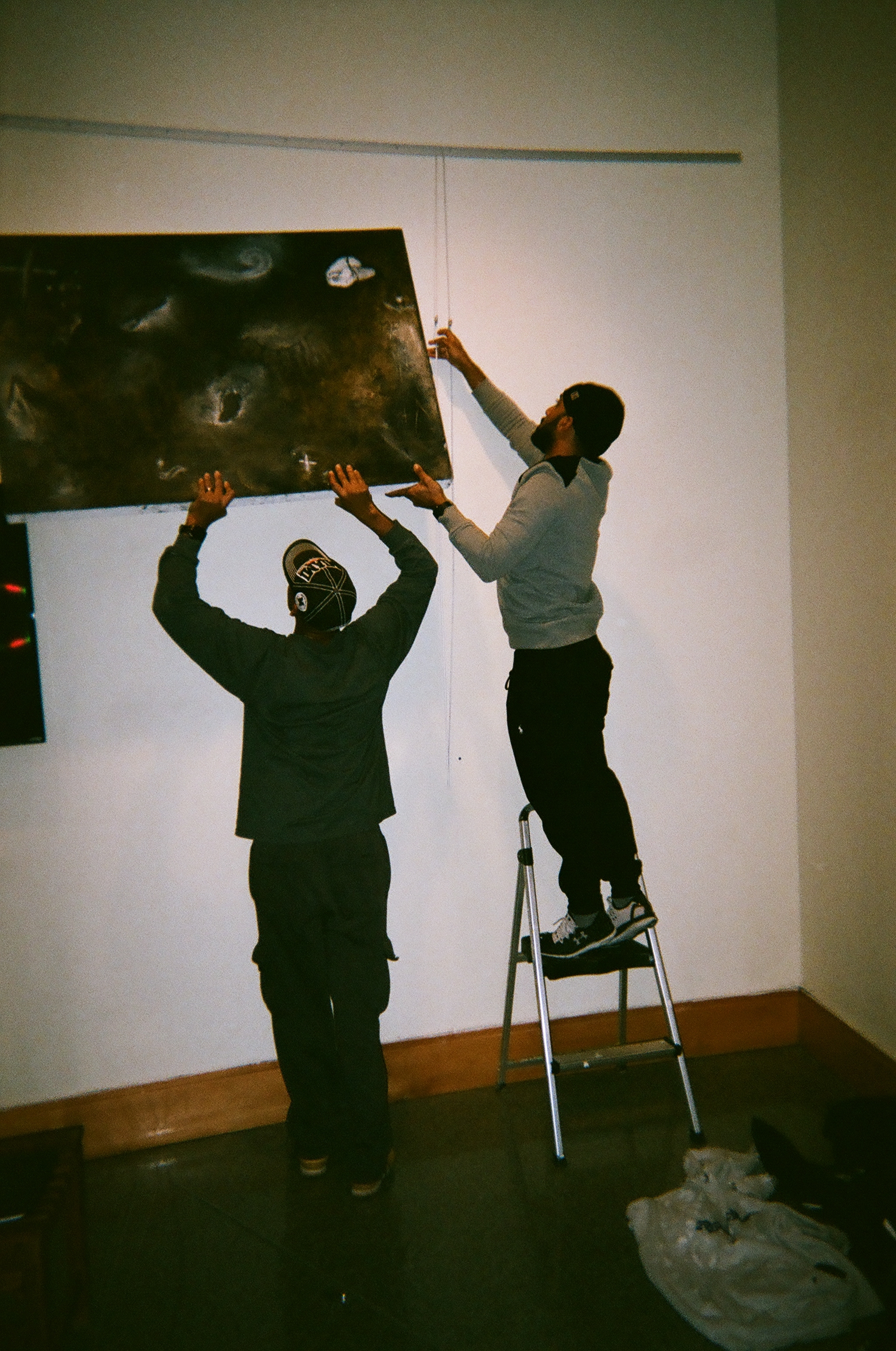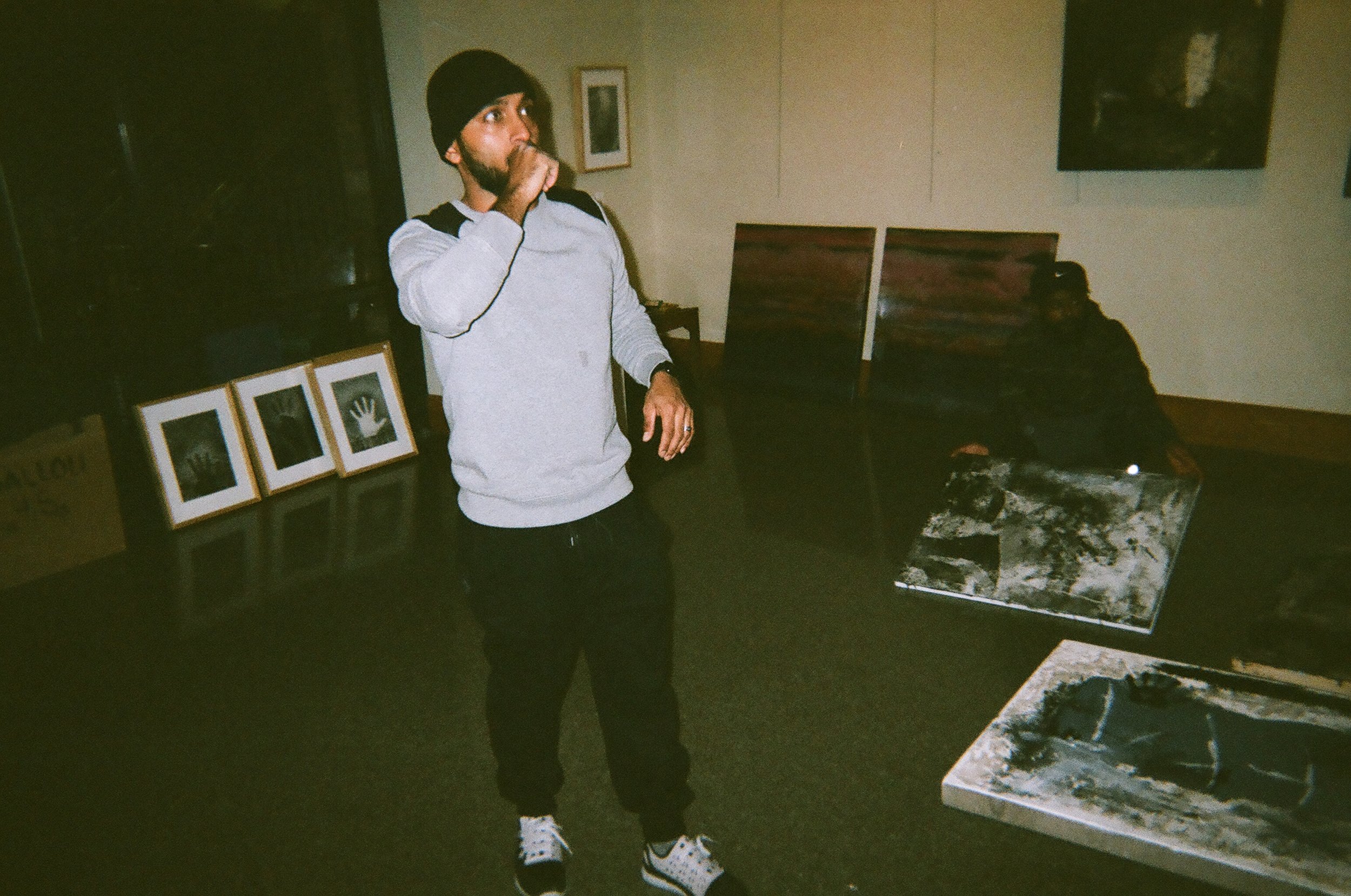The art industry is one of the toughest fields to break into, so when I decided that I may want to pursue a career in the arts I knew the only opportunity that would be given to me was one I created for myself. During the fall of 2015 I called Maryland Hall for the Creative Arts (MD Hall) – an arts center I learned about from a woman I met the summer prior – and asked if they offered internships; they informed me they don’t usually host interns, but that they would figure something out for me. So, I began working there as an assistant curator under the direction of their gallery manager and her understudy, both well-decorated curators themselves. They showed me the ropes and before my internship ended January of 2016 I had helped curate and hang three exhibitions. I then returned to school and curated my own photography exhibition entitled The Legion of Imagination (which is another story in itself). That exhibition had over 100 people collectively attend the opening reception and 7 pieces were sold.
Then during the spring of 2016, after curating a few exhibitions and thinking I was getting the hang of things, the gallery manager at MD Hall called and told me they had an exhibition opening for their showing that upcoming November. She asked if I’d like to curate it and I of course accepted her offer. I pitched the idea of an exhibition which was to be called Darkest Before the Dawn – meant to emphasis the beauty in dark colored artwork.
In the ensuing months, I acquired the showcasing artists and the 30+ professional pieces of artwork that were to be displayed; after marketing the exhibition to multiple galleries I was able to travel the exhibition to a second gallery in Washington, DC called the ArtReach Gallery; and we were able to attract collectors and ended up selling some of the artwork. This, an almost 11-month process, started me on a path that truly tested my leadership skills, business acclimate, and determination for success. Not only did I have to curate this exhibition, I had to mastermind it's success.
Below I have listed the most relevant skills I further developed and honed in on in order to guarantee the success of my art exhibition. They are as follows:
Delegation:
For the exhibition’s first appearance, at MD Hall, with the exception of some help I received from friends and family, it was basically me doing everything. For the most part I was doing all the promotion, hanging all of the pieces, contacting all the artists, galleries, and media outlets, etc. This was extremely stressful and honestly that (among other things) was probably one of the reasons I felt that I fell short during the MD Hall showing. We didn’t sell any artwork and not as many people as I had hoped came to view the show. So, one night after I was finished playing basketball I called my friend Sydney, who lived down the street from the gym, and asked if I could come over and grab some food (very random). She said yes and when I got over there we began to talk about our lives. She told me how she was looking to get into the public relations field, so wasting no time I asked her if she wanted to join my team for the exhibition’s next showing in Washington, DC at the ArtReach Gallery. She agreed (thankfully) and I had myself a Public Relations/Promotions Manager! After that I began to assemble what became a nine person team to help with all the heavy lifting and assembling – which was a huge help. Delegating the tasks to my PR Manager made my job 100 times easier, so I was able to focus on other things that allowed the recognition of the exhibition to grow extensively.
Patience:
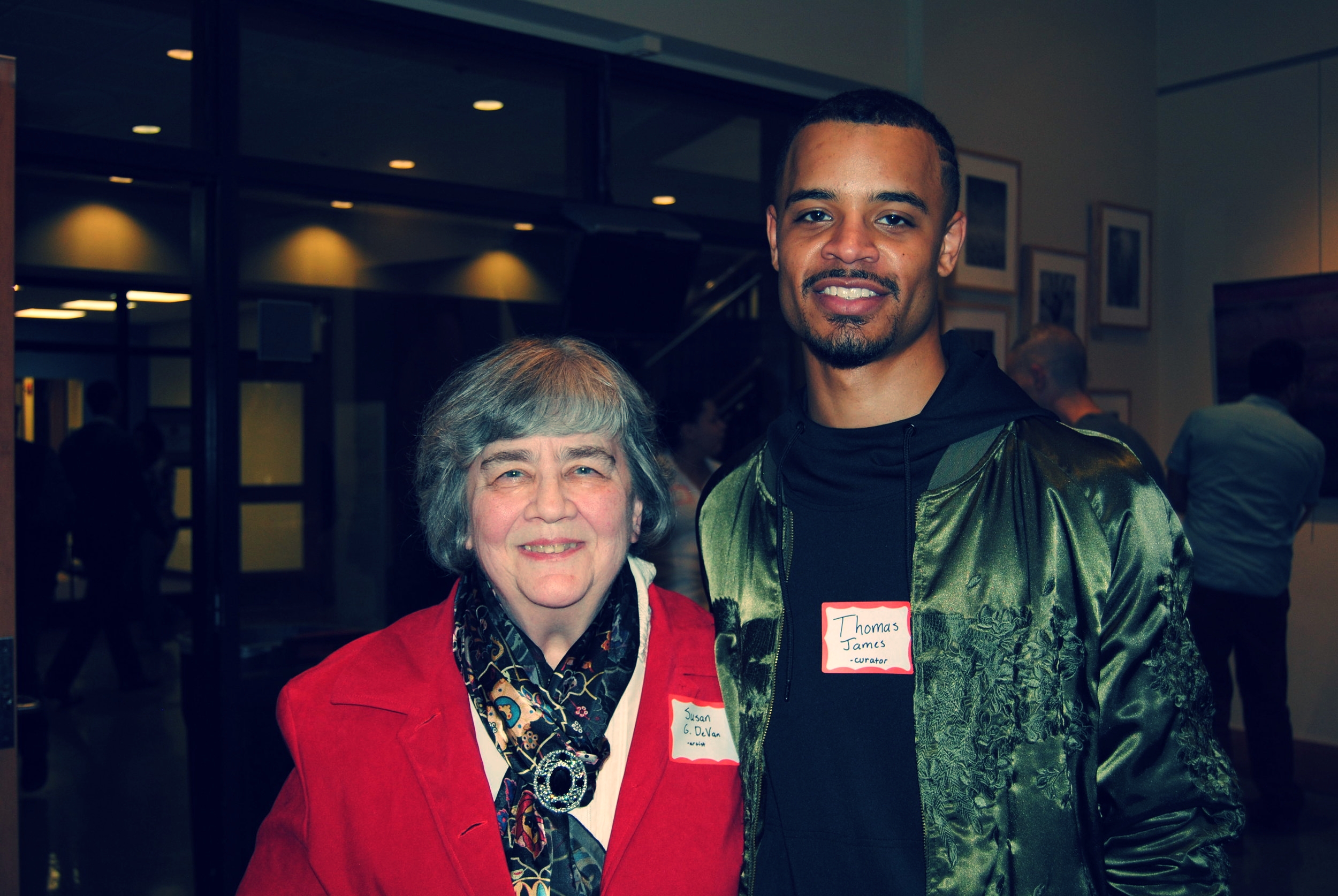
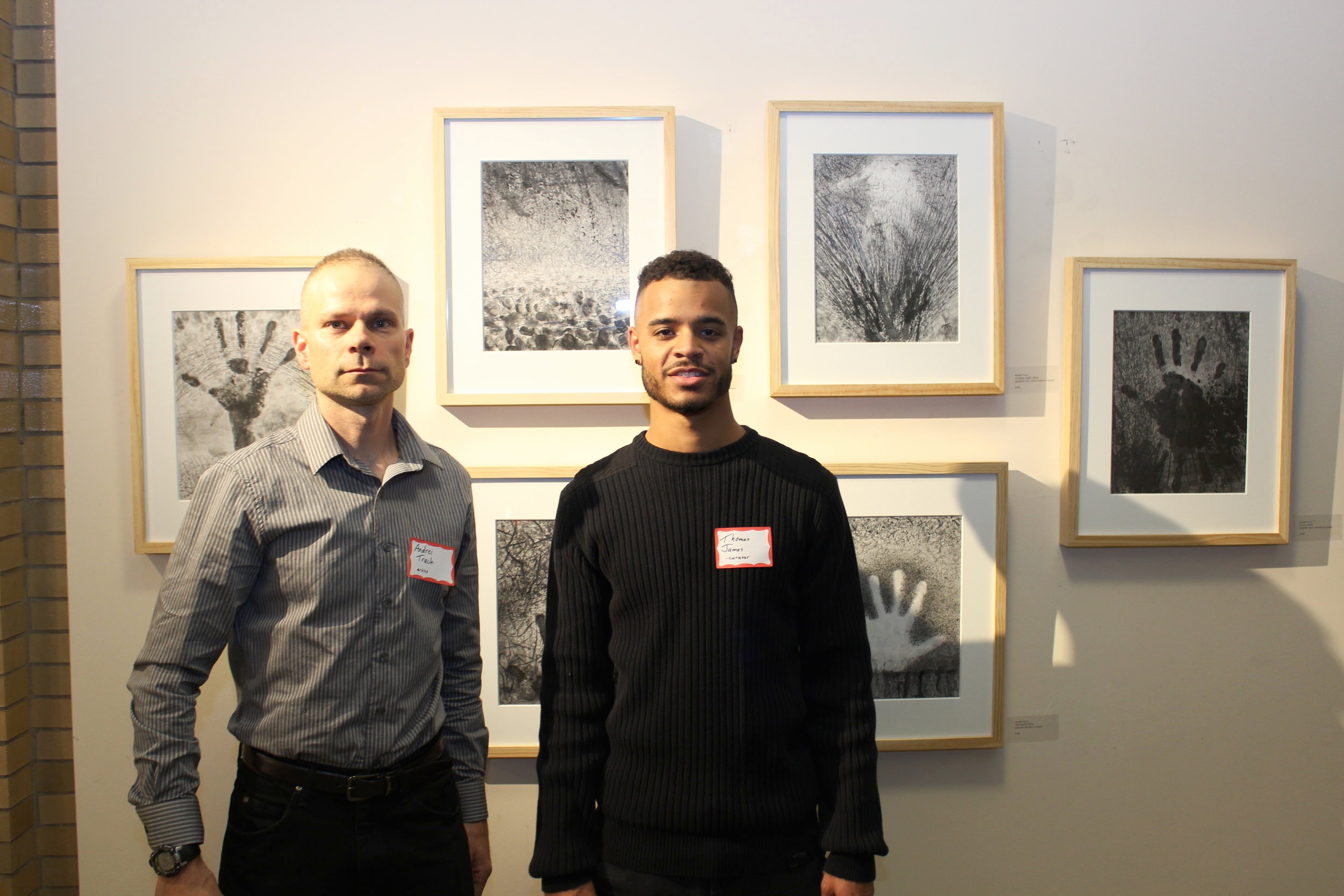

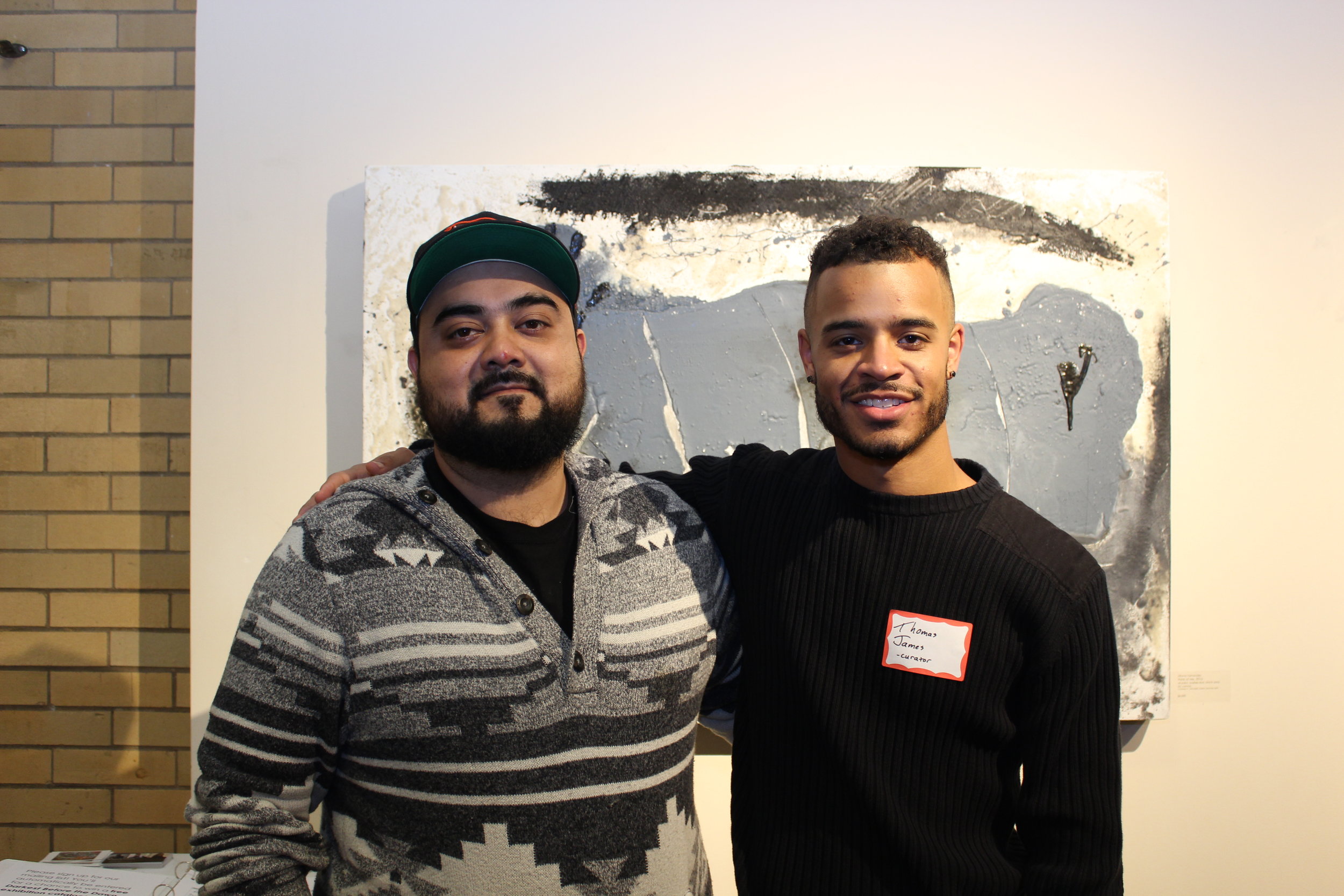

This exhibition featured nine artists and I had to work closely with each gallery’s manager as well as my own team. So, at any point in time I was responsible for communicating with at least 10 different people. This meant working with 10 different schedules, and 10 different work and communication styles. Prior to this exhibition, my work style was – you contact me/I contact you, let’s get it done right then and there. I was used to a more fast-paced work style. But this time, I was on other people’s time and it was very difficult for me to adjust. I would get anxious if someone didn’t email or call me back in a reasonable amount of time or if I had to push a deadline back because I was waiting on something or someone.
I did not realize how impatient I had become and I had gotten so frustrated with everyone around me that one of my team members, Mohammed, said to me, ‘Hey man, don’t hound people. I know you want to get things done, but you don’t want to seem pushy.’ From then on I really took a step back and started to only worry about the things I could control, while still making sure I was doing my due diligence. Being proactive instead of pushy became the end result.
Grit
Just like anything else, proper promotion was one of the most important aspects needed for the show’s success. So, what did I do? I mapped out different areas/entities in Annapolis, Prince George’s County, and Washington, DC to promote – post the call for entry, hang flyers, and anything else I could do to bring positive attention to the exhibition. These lists included art galleries, art centers, restaurants, local colleges and universities, art blogs, and even gyms that sold artwork (strange, right?). Just about every weeknight and/or weekend I went out and hung flyers either by myself or with Sydney once she joined the team. This was a very grueling process, because we would spend all day driving, parking, getting out, posting up the flyers, getting back in the car, and doing it all over again for hours; or I would sit in my living room crafting different emails to lots of local folks trying to build interest and potentially get promotion from them. It really showed me that you have to keep going even when it gets difficult; even when you’re discouraged; even when you start to think, ‘will hanging one more flyer or sending on more email even do anything?’; You just have to embrace the grind because it will pay off in the end.
Clear Communication
For success with anything, communication is key! With that in-mind I had to make sure all my communication was efficient and effective. Between artists, gallery managers, my team, and the public I had a lot of people to communicate with in a number of different capacities and languages. One of the most important communication tools I had to handle was the artist and gallery contracts. Writing legal language was very different than any other form of communication I had created up to that point. I had to make sure everything was properly written in a way that was clear for my artists, and I also had to make sure I fully understood and abided by the language used by the galleries before I signed contracts with them.
Next was making sure I communicated effectively via email, over the phone, and in-person. When you’re moving art, putting holes in gallery walls, and orchestrating art purchases with collectors you must know exactly who you’re communicating with and what is the most appropriate way to get your point across. Before I sent an email I made sure I answered questions before they were asked and explained procedures so thoroughly anyone could basically use my email as a how-to guide. In addition to that, I did not hesitate for follow up with reminder calls and texts as necessary. When dealing in the art world there is a lot of red tape, so one must make sure he/she is knowledgeable of all procedures, dos and don’ts, and best practices; because if something is communicating incorrectly a piece of work may not be delivered on time (or at all), a piece may be hung incorrectly, or even worse a piece of art might not be purchased.
Attention to Detail
In addition to communication, paying attention to detail was super important. Having a second person look over everything was crucial, because you never want to release anything to the public, go back to read it and realize you made a simple error that could have been avoided. I had to learn the hard way a few times. Due to haste, and/or me just being impatient, I either released something or had something printed with a minor spelling error. Once I recognized the mistake I had to backtrack in some way and correct it before it was noticed.
This wasted time and resources, and further encouraged me to make sure I had someone looking over every single piece of communication I administered to the public. Two times in-particular this became vital. First, was when I had to write the contracts for the artists. Being responsible for over $30,000 dollars worth of art was very nerve-racking, so I had to make sure my team and I were covered through the liability outlined in the contracts. Also, I had to make sure the artists were well-informed about their rights and how things were going to run throughout this process. I had to write the contracts myself and have an insurance agent go over them to ensure the artists, the gallery, and I were all fairly represented. The second time having someone read over my work became important was when it was time to create and send out the flyers for the first show. Pressing to meet my deadline, I sent a batch of flyers to be printed, but guess what? They had a spelling error! I had to go back, correct it, and then order ANOTHER batch. Once you have had to go through that annoying process of feeling silly because of your lack of attention to detail, you will NEVER make that mistake again.
Budgeting and Bootstrapping
Putting on a travelling, independent art exhibition is not as cheap as one may think. Prior to accepting the offer, I did not realize all the expenses that had to go into it. I budgeted for aspects and materials I knew I needed to purchase such as food, cups, napkins, labels, adhesive, and nametags; But there were a lot of other unexpected purchases I ended up having to make such as d-ring installation nails, storage space for the artwork in-between exhibitions, extra packing materials, and more! All of these hidden costs forced me to bootstrap (meaning cutting costs in crafty and creative ways when you have minimal capital) as much as I could. Anything I could borrow, I did! I borrowed electric drills, tables and table cloths, nails, putty, coolers, lifts, and ladders (and probably more). When you’re low on funds, but high on costs, bootstrapping is definitely the way to go!
Networking and Diligence
Utilizing my network was one of the most important aspects of the entire exhibition. For viewing/attendance purposes, word of mouth is the most impactful way information travels. Physically telling people to check out the exhibition was one of the most important forms of communication. I used this to my advantage and was able to get representatives from entities like aCreativeDC, DC Arts and Humanities Council, and Maryland Institute for the Creative Arts (MICA) to view the exhibition because they either knew me or someone else that told them about it. All of that was possible because of my network.
I was also able to get the exhibition on Prince George’s Television because I utilized my network and contacted someone I knew at the station. The interview we filmed was aired and viewed at three different times the week before the closing reception. No doubt this brought more attention to the exhibition as a whole.
Lastly, I not only utilized the current network I had at the time, but I grew my network even larger by physically going to places and events and promoting the exhibition. Each person I met while promoting I urged to check out the exhibition – I even agreed to meet up with a couple of people at the gallery when they told me they were coming to view it. I agreed to walk them through the entire exhibition as long as it meant they would actually come and see it! In order to make that work I had to diligently and strategically promote the exhibition and encourage people to view it. Now, because of this, my network is even larger than before!
Thinking Creatively and Knowing Your Audience
Exhibition’s receptions, whether opening or closing, are probably my favorite part of the entire process. For our two receptions my team and I wanted to make sure we thoroughly engaged the crowd. Sometimes at exhibit openings, people will only view a few pieces of art and then just proceed to consume the provided food and wine. Or you may get some people that come in and view all of the pieces, but the only look at each one for 2 seconds. We had over 30 pieces of art in this exhibition and I wanted to make sure each one received its proper recognition. How did I ensure that happened? Well I decided to have a “Viewer’s Choice Award” in-which each viewer that came to the reception would receive a catalog with all of the artwork listed and were would then be instructed to view each piece of art in-depth. They were then to choose their favorite pieces, rank them 1-3 (1 being the highest), and put their selection in a collection box provided by my team. Then, near the end of the night, I collected all of the catalogs, tallied up the votes, and presented the winning artist with their award (which happened to be Susan G. DeVan at the MD Hall reception and Luther Wright at the ArtReach Gallery reception). This was one of the most creative decisions made throughout the entire process because it ensured that people would look at all of the artwork present. It also gave everyone a chance to be a critic and let their voice (and vote) be heard. It gave power to the viewer, and judging by the amount of responses and great reviews, this was a wise decision.
As my team and I were putting together the aesthetics of the exhibition (besides the crazy impressive art hanging on the walls) we had to vet out some of our ideas due to the different audiences we would encounter in the different cities. Washington, DC has more of a contemporary/millennial crowd that appreciates art in a bit of a non-traditional way, while Annapolis, MD has a more traditional crowd of art viewers. To cater to those two crowds we had to make changes at each reception. For example, at the ArtReach Gallery (in Washington, DC) reception we had a playlist of moody-trap beats playing in the background, adding an element of mood-setting sound to the exhibition – which is a bit untraditional. For the reception at MD Hall (in Annapolis, MD) we decided not to include the music portion because we wanted to make sure the more traditional viewers could view the artwork in a capacity in which they were comfortable. Both of these decisions were strategic in way of making sure that not only our viewers were engaged, but that they were engaged in ways they would appreciate.
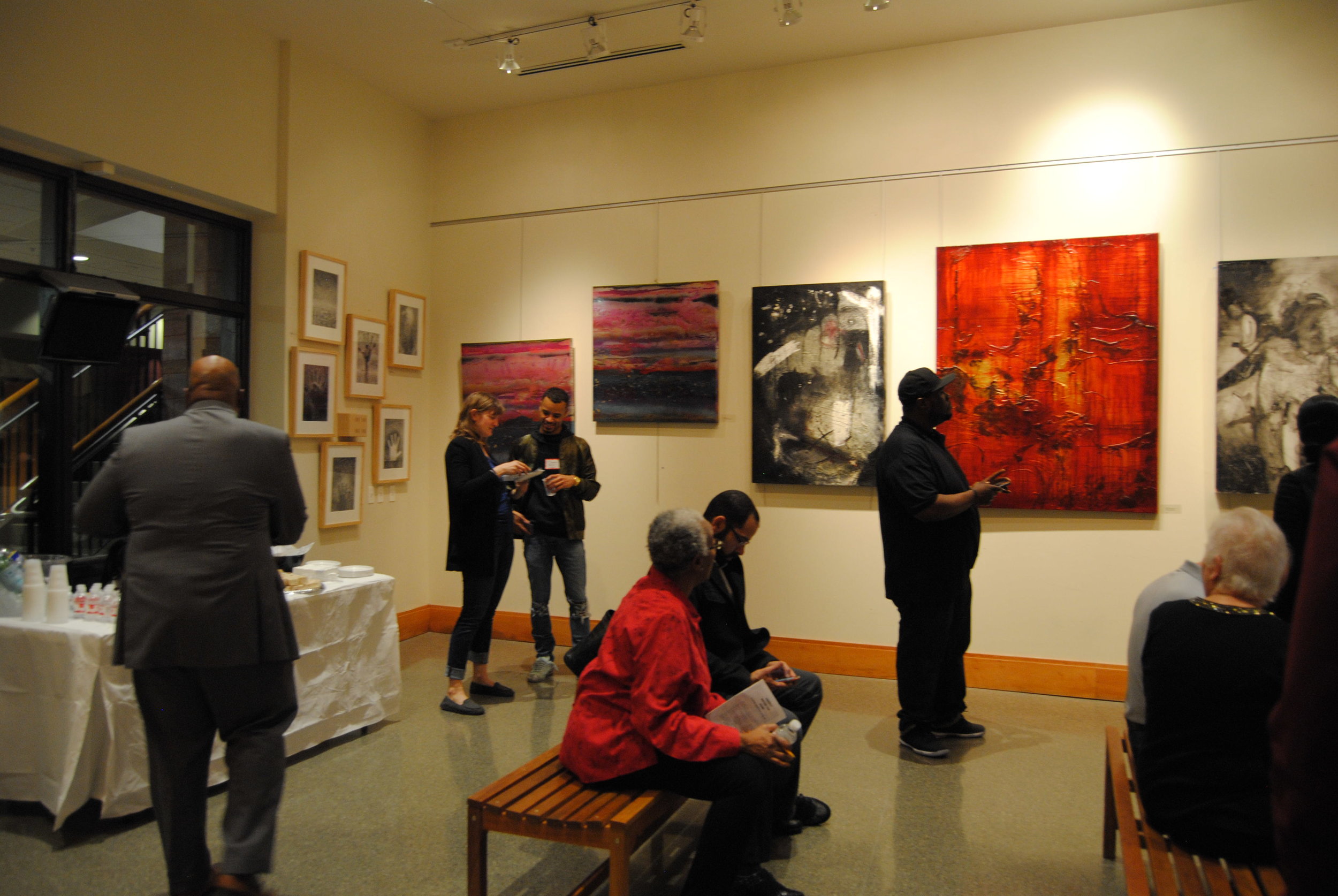
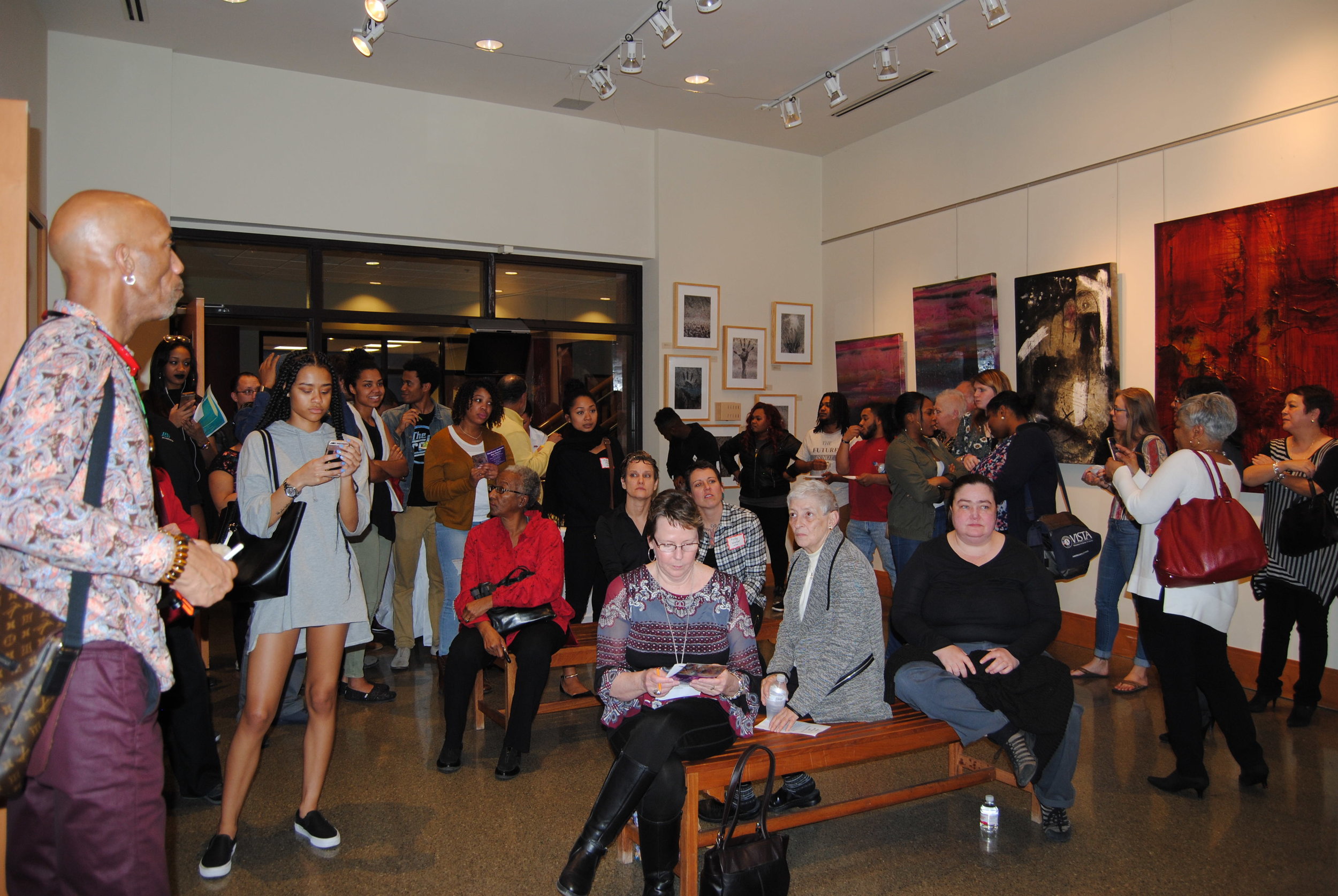
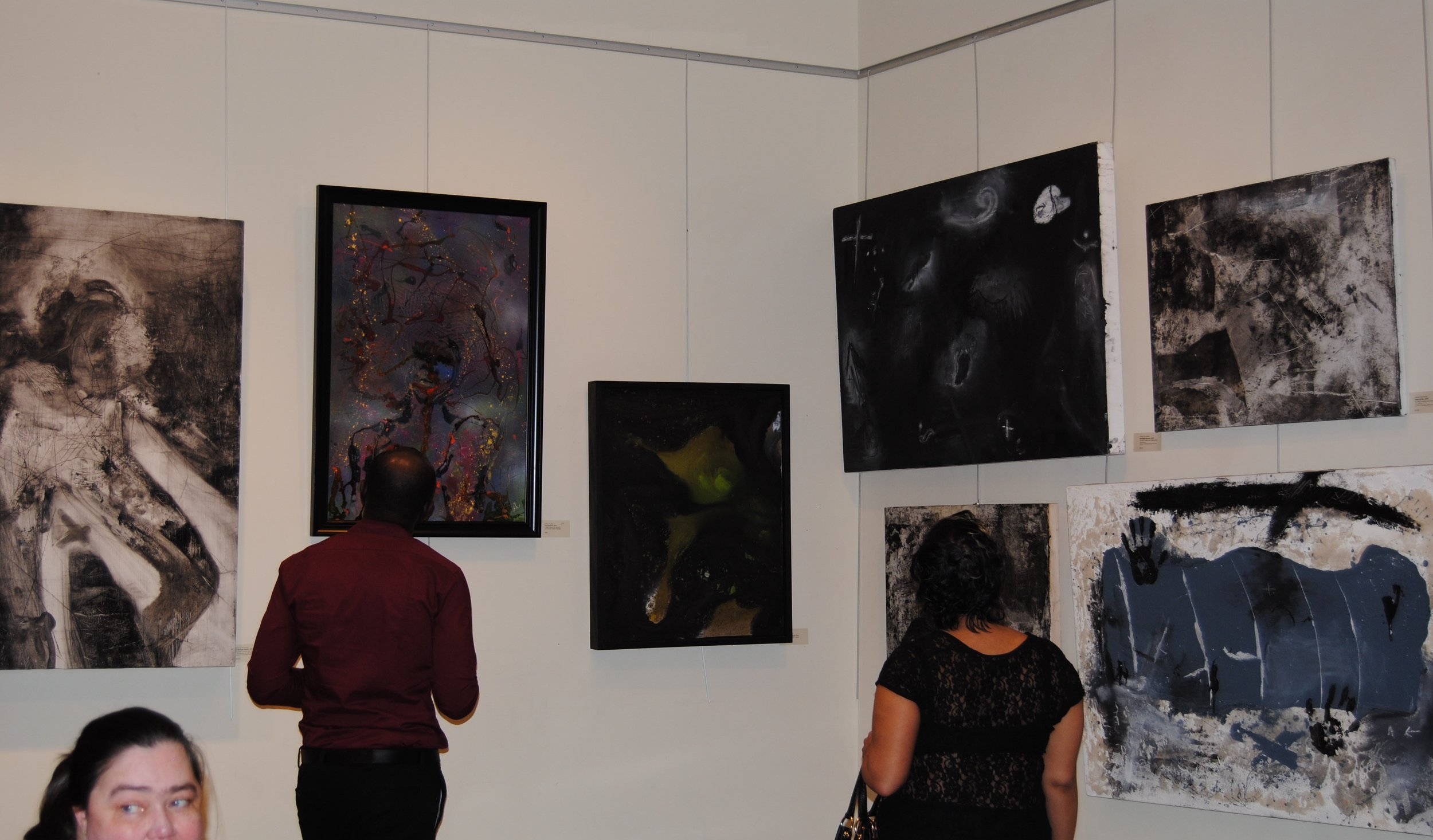

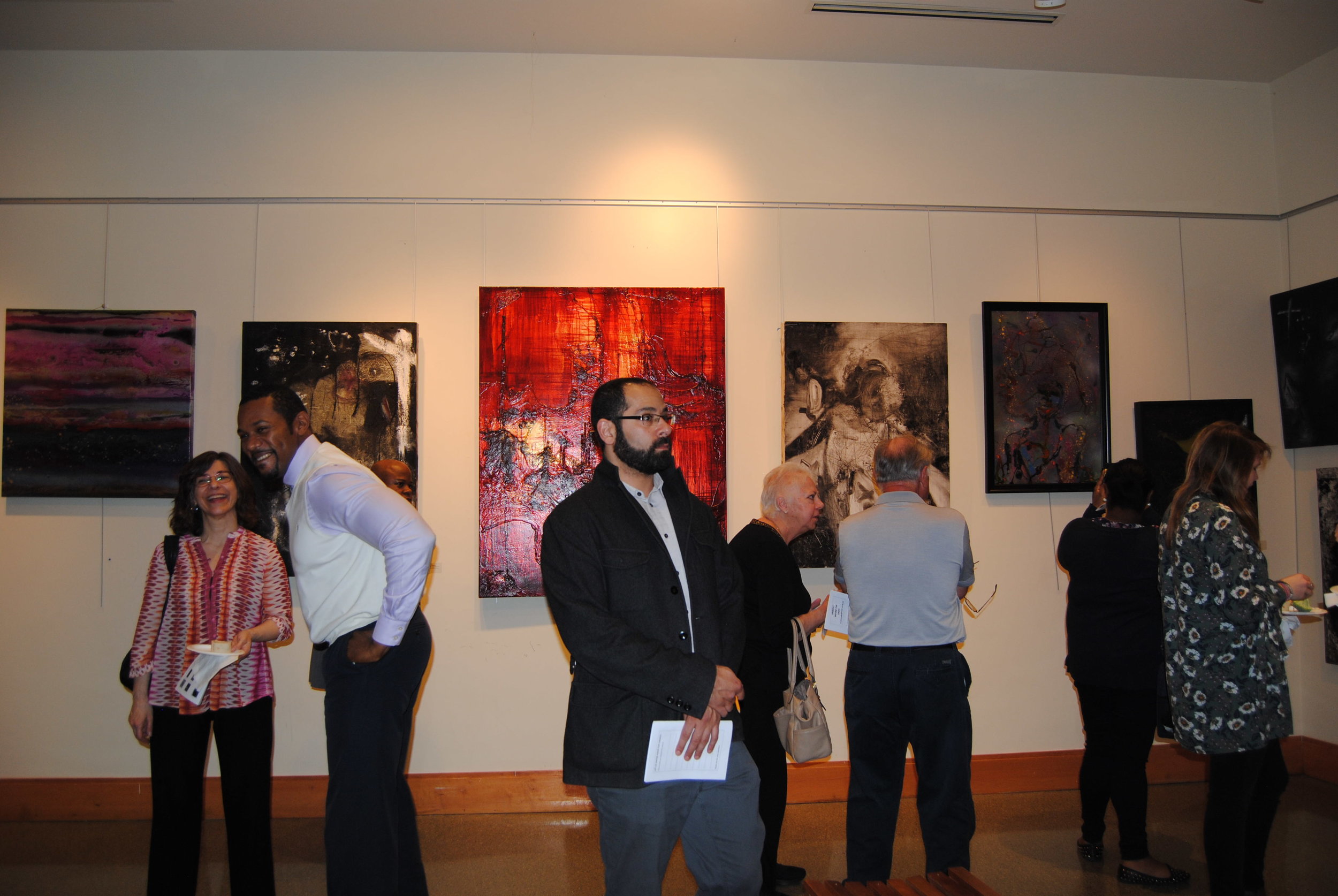
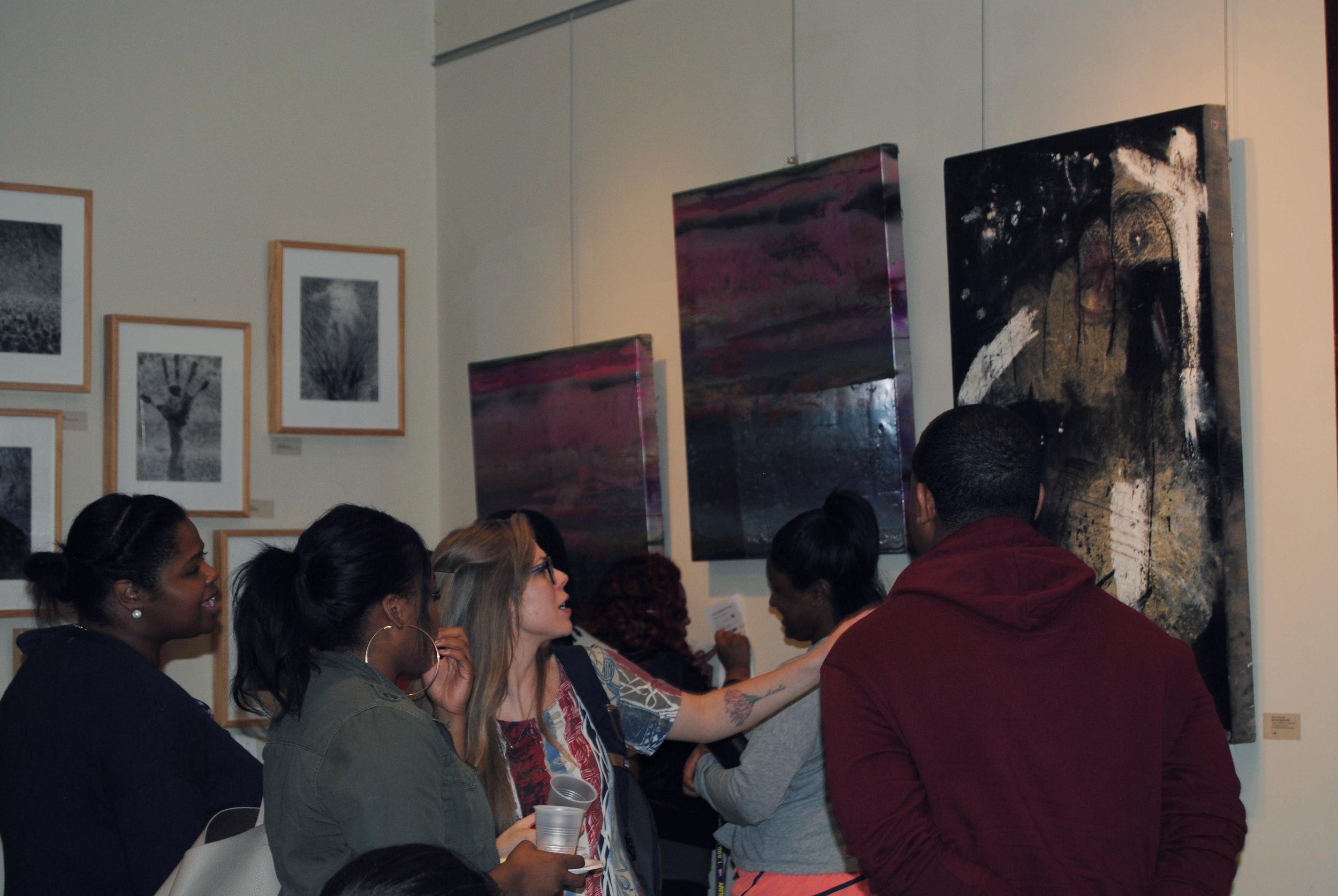

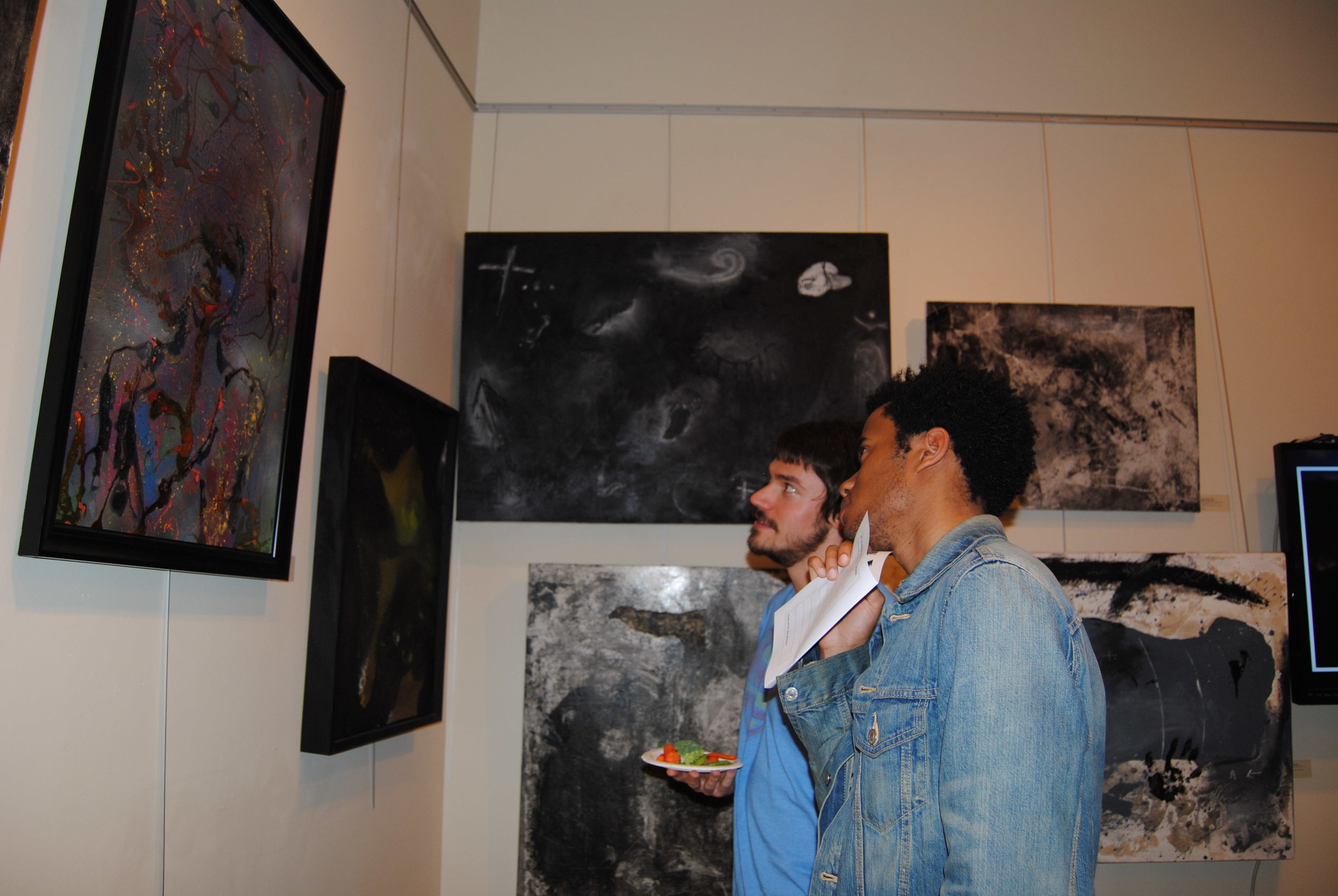
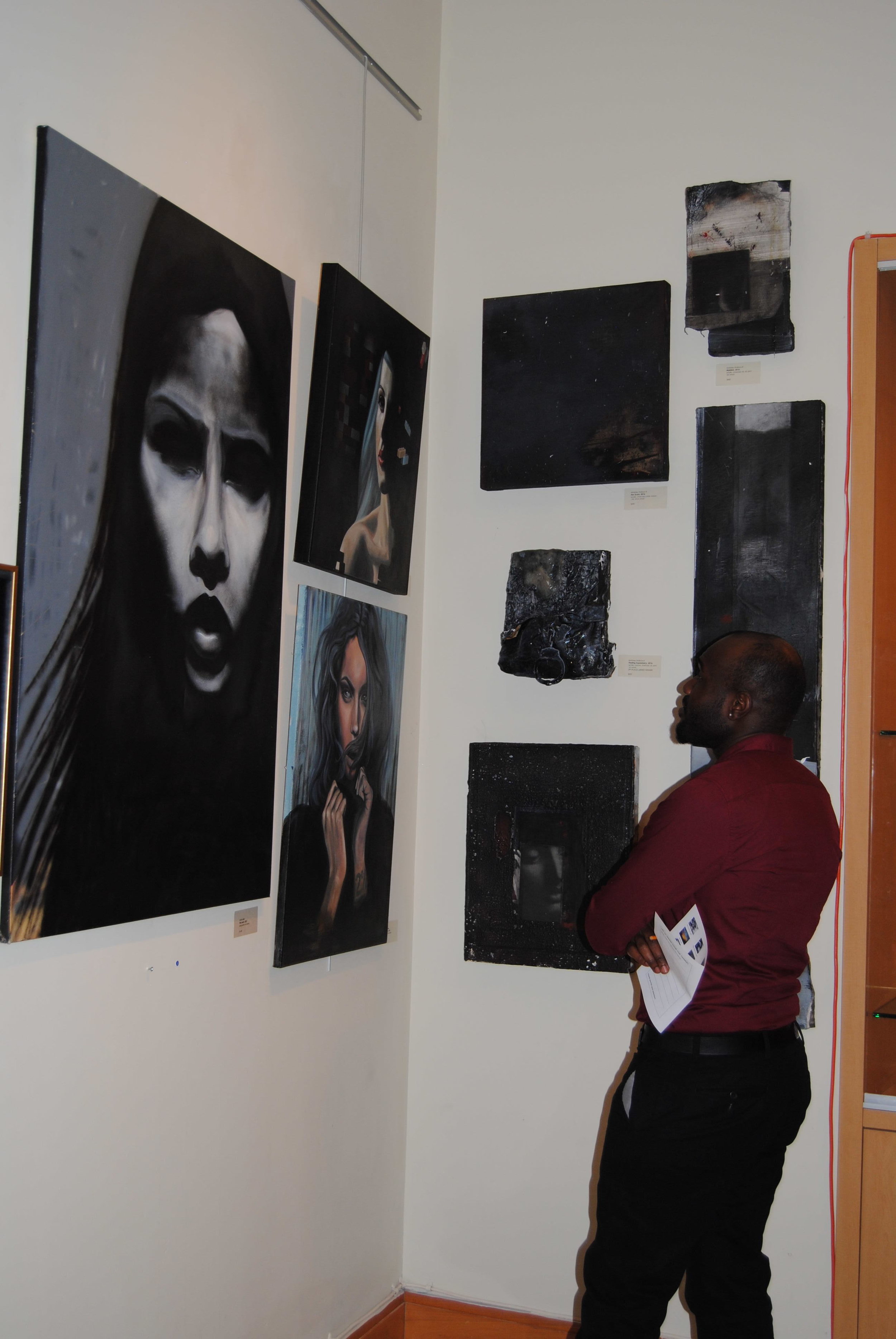
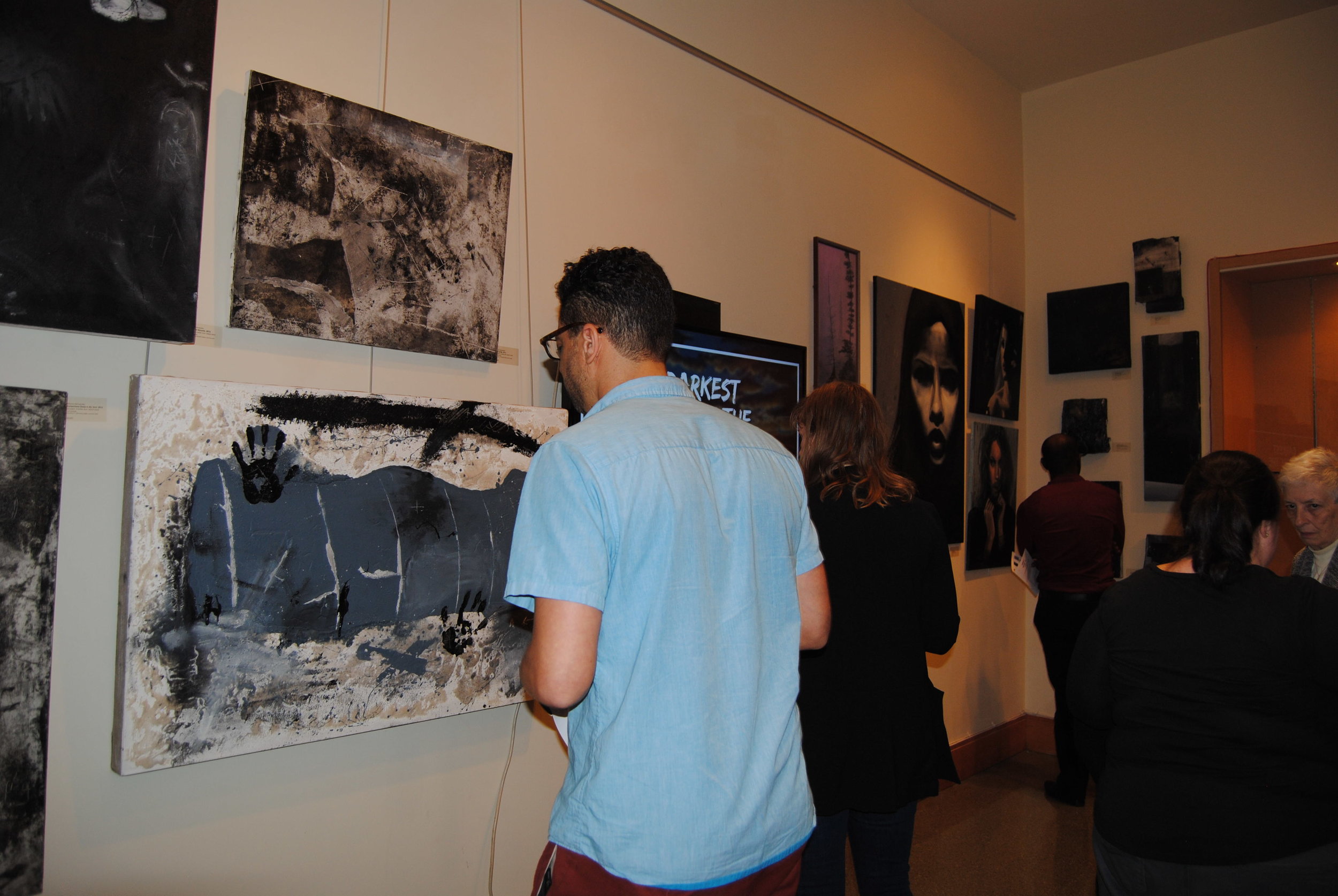
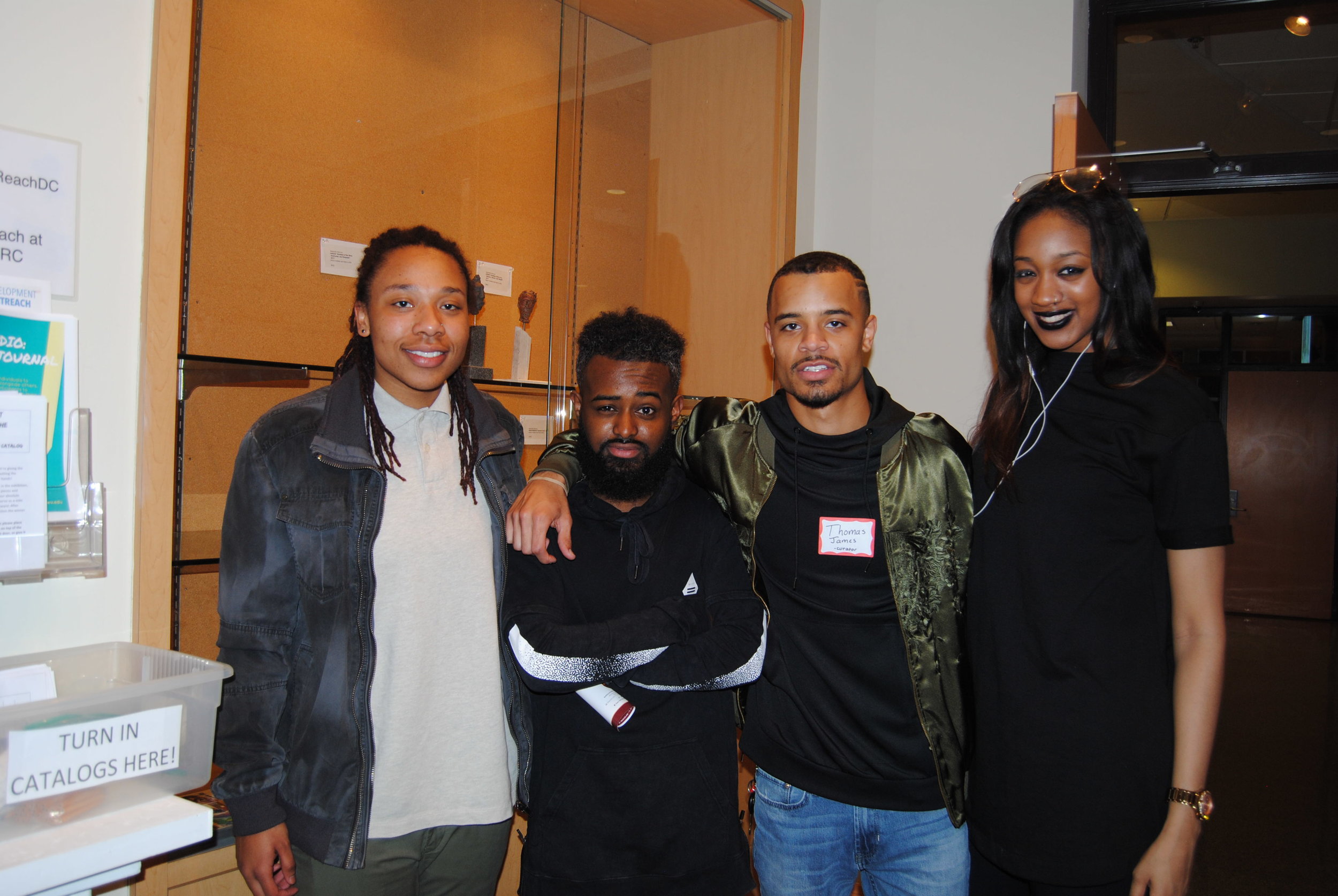
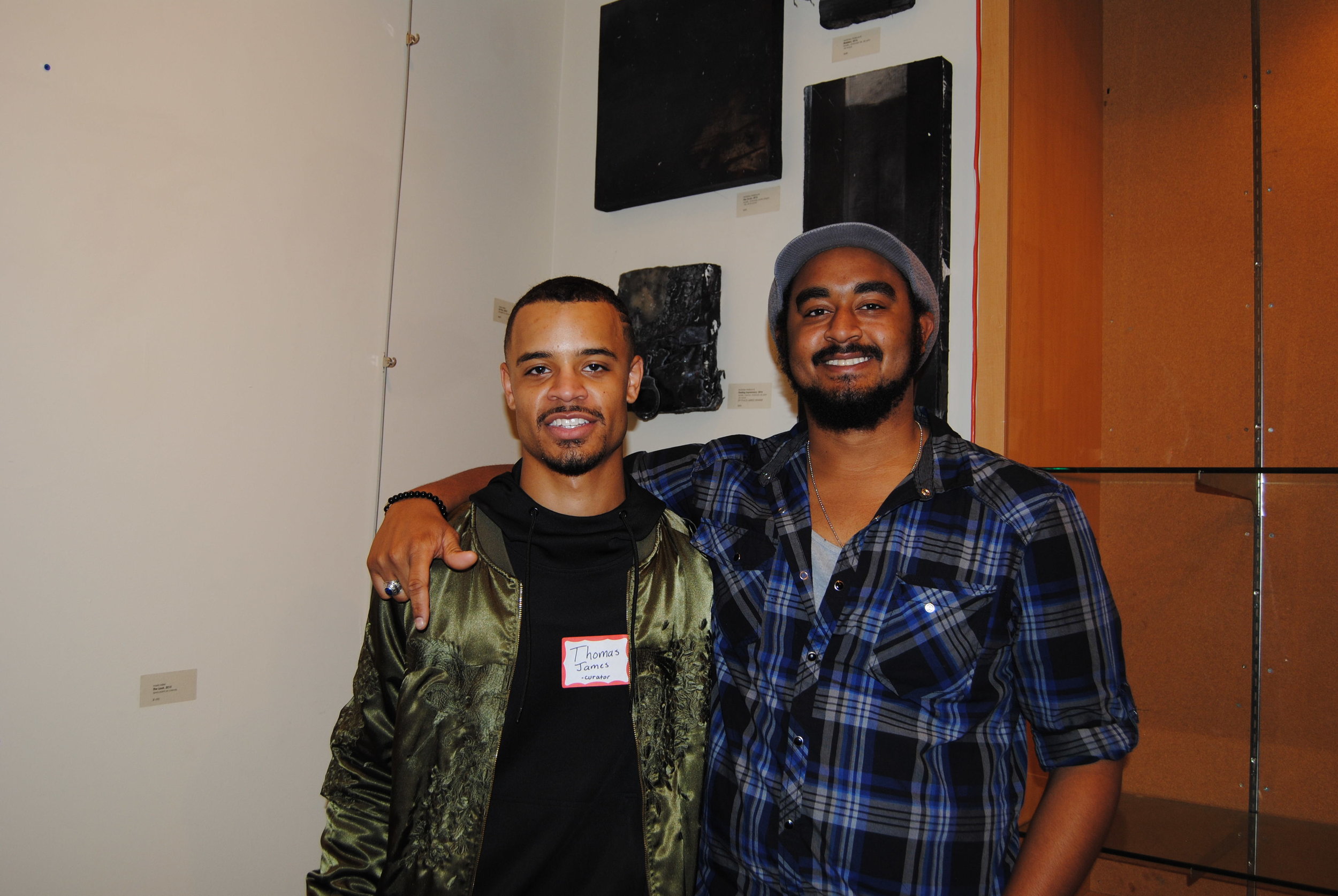
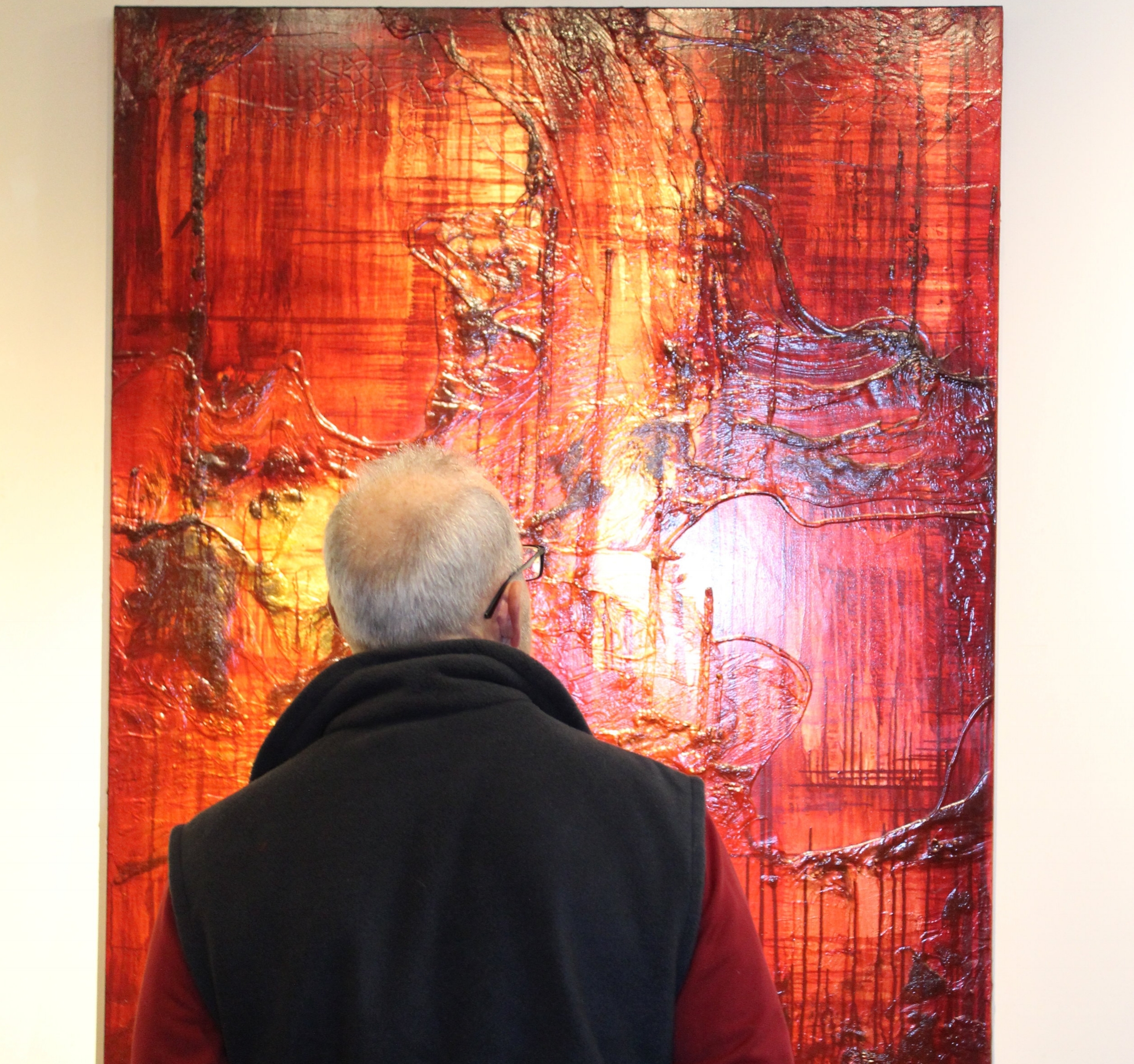
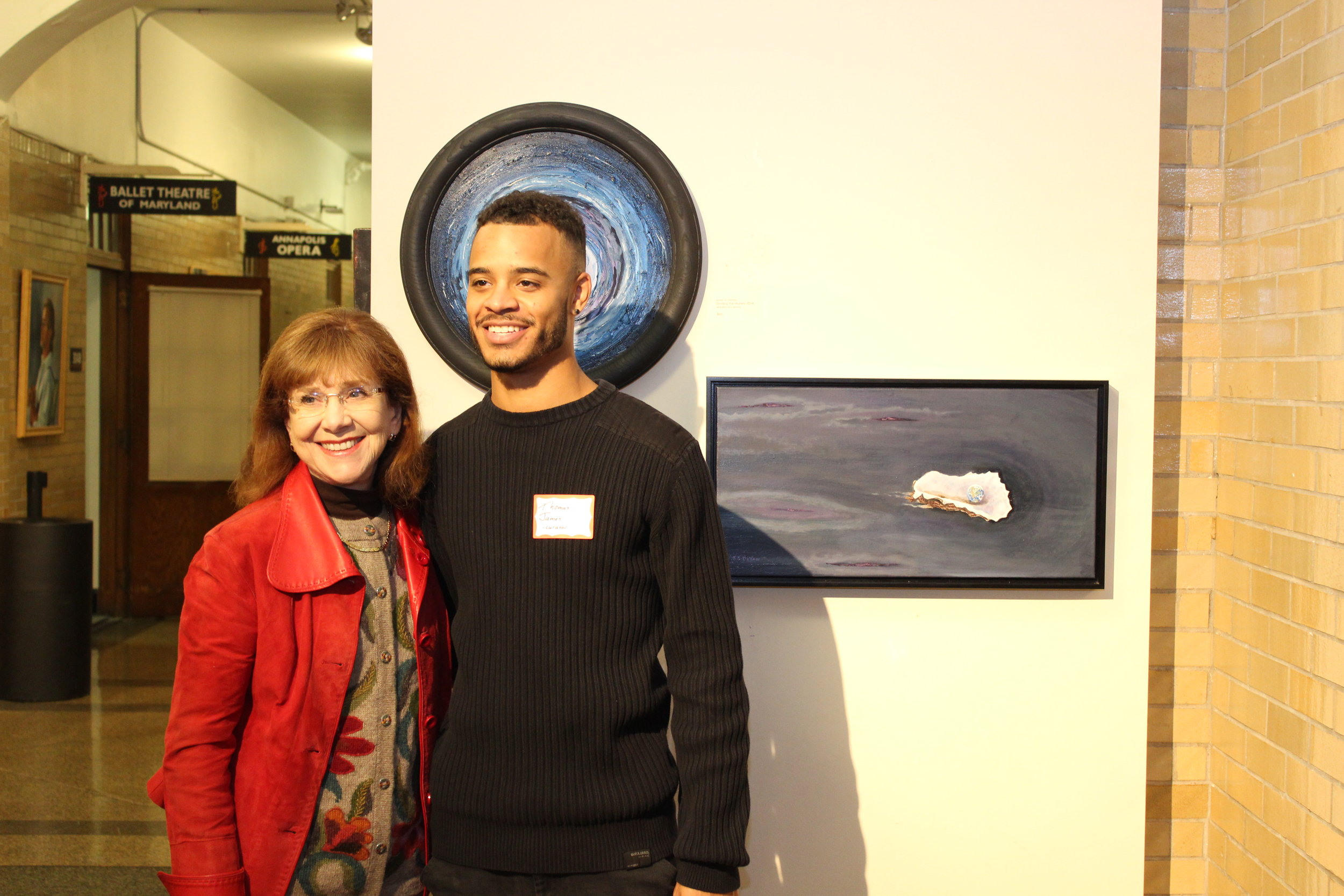


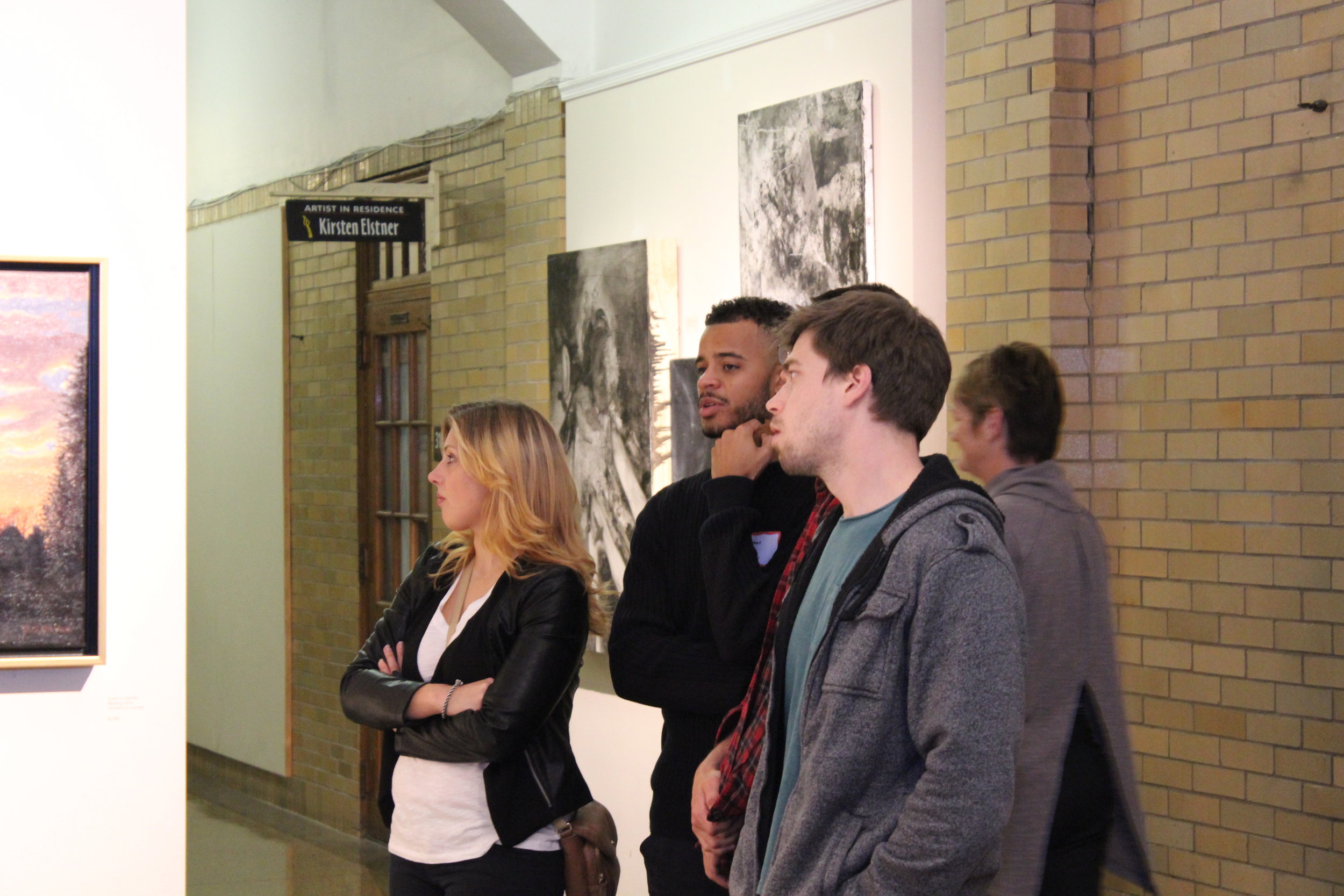

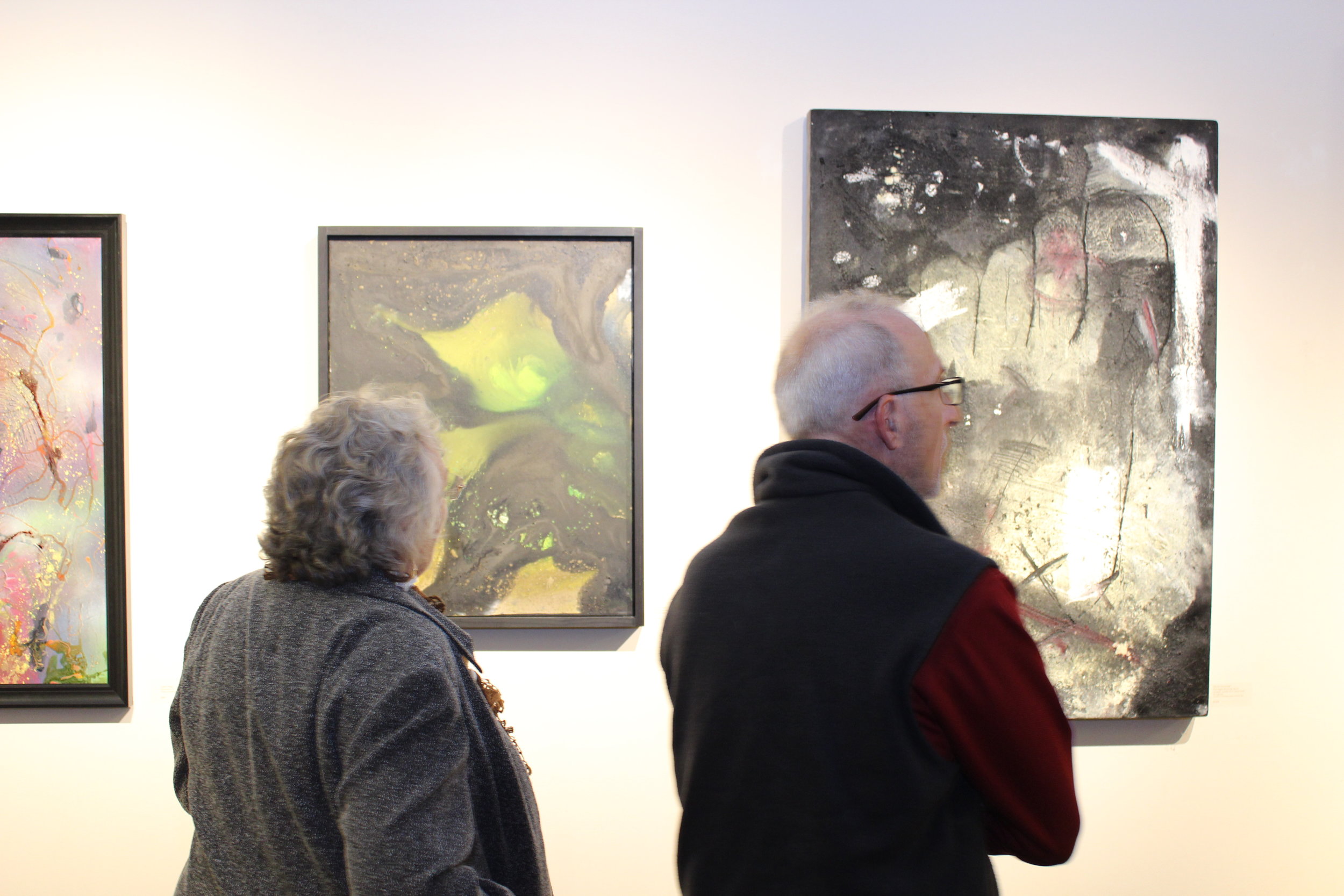

Results
All in all, what were the results? Tangibles? Intangibles? Overall experience? I’ll give you four big aspects that describe the exhibition’s success and what came of it:
An independent art exhibition featuring nine very talented artists was able to travel to two major cities in the DMV area (greater metropolitan area of Washington DC, Maryland, and Virginia) and received a good amount of recognition.
We sold $2,100 dollars worth of art
I got the opportunity to expand my network of artists as well as business people
I learned a lot about myself, leadership, professionalism, and what it takes to make an idea come to life; as well as how to turn a creation into a huge success.
This was an experience I will never forget and one I will forever cherish and appreciate. Being a young professional I am always looking for new ways to increase my knowledge and skill capacity, and curating this exhibition fulfilled that 100 times over. Thank you to the staffs at MD Hall and ArtReach Gallery, my awesome team, my family and friends, and everyone who supported the exhibition whether you came to view the artwork or you promoted it on your Instagram page. I promise I’m going to keep growing and moving on to bigger and better things!



